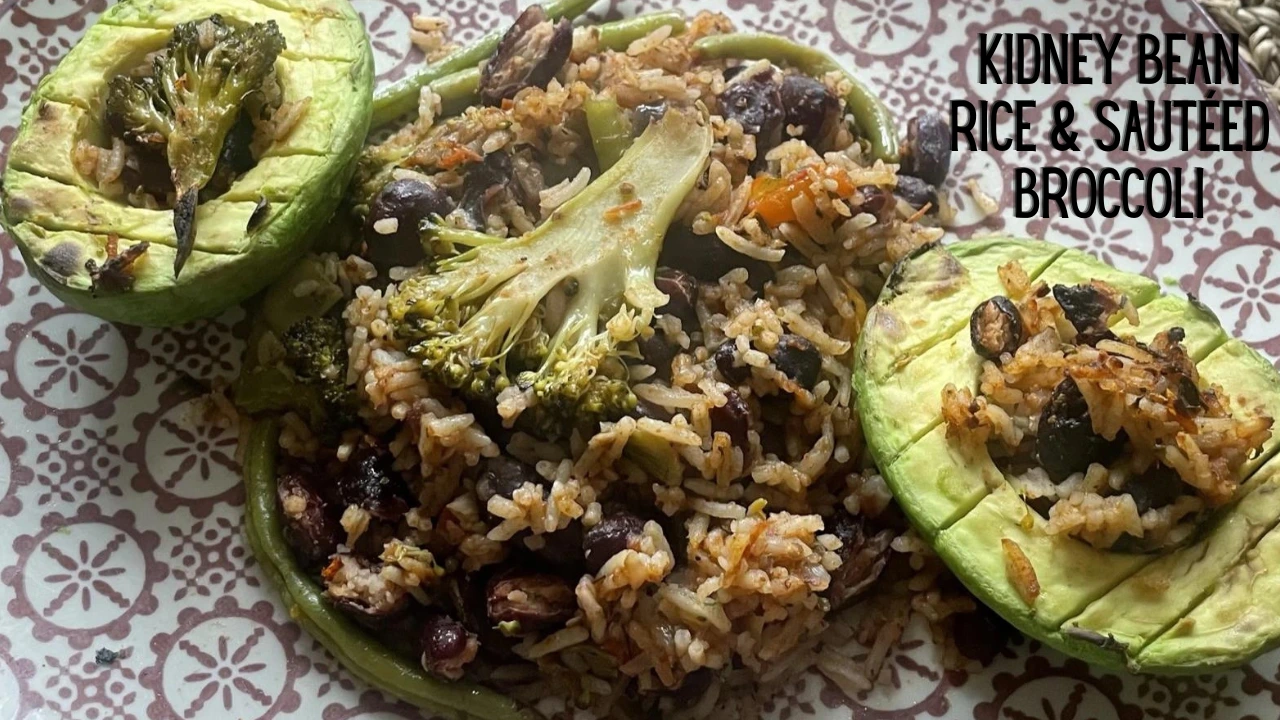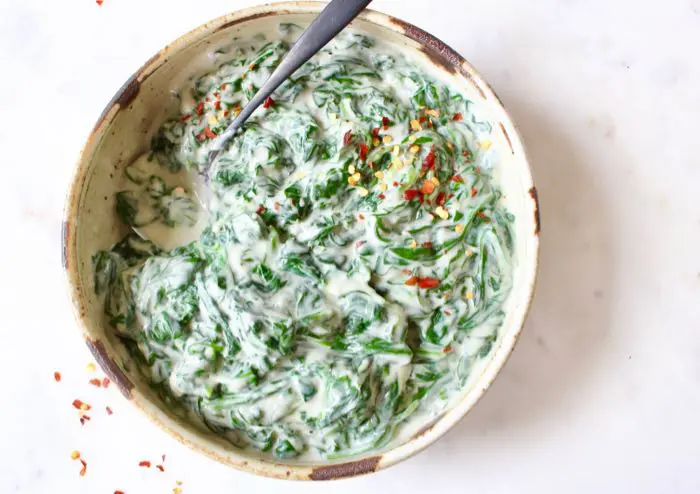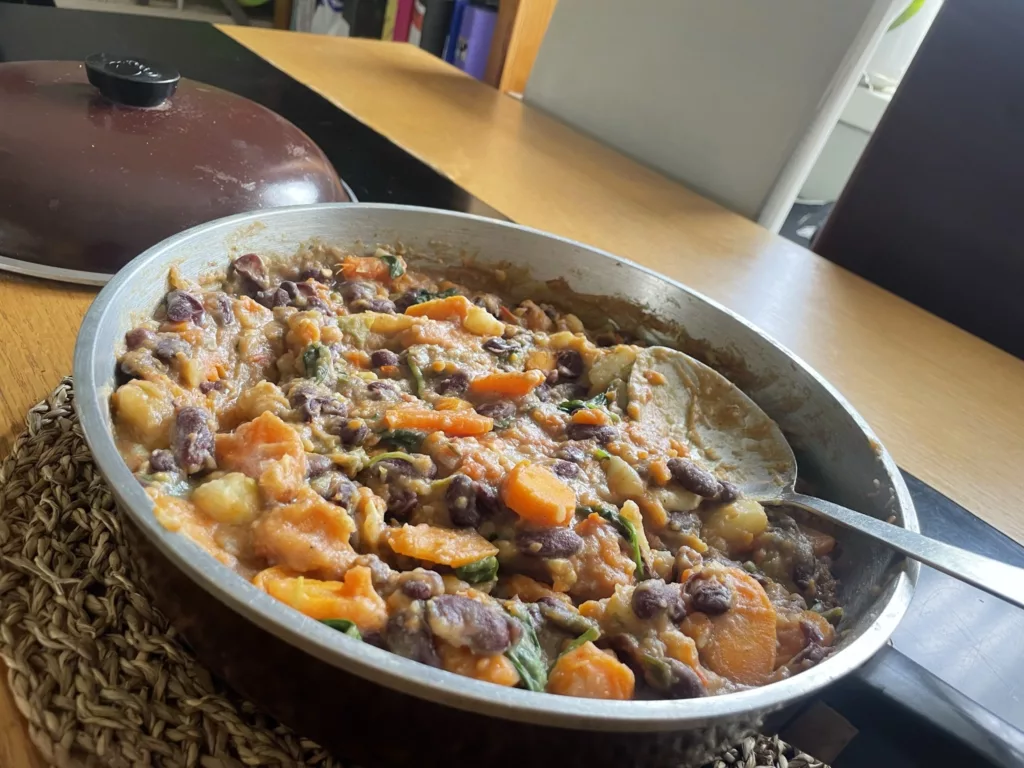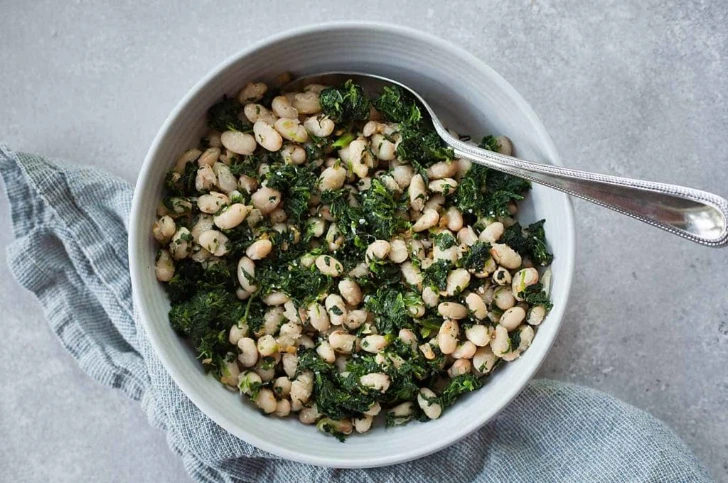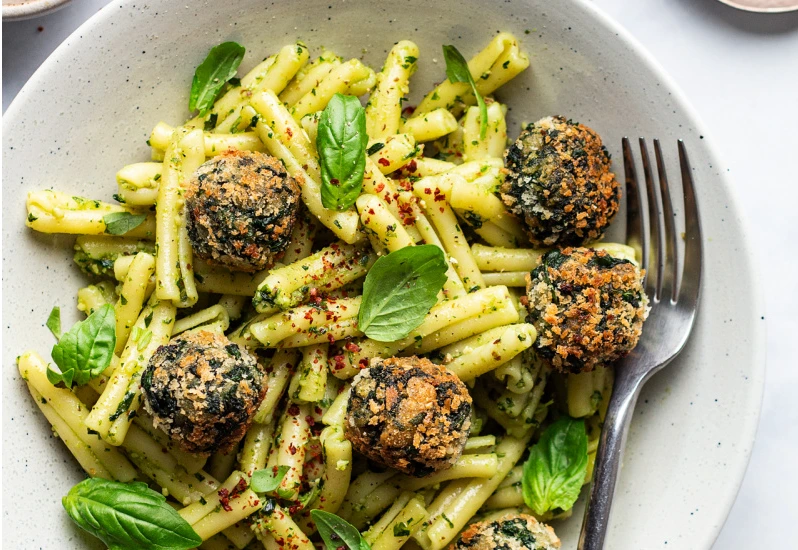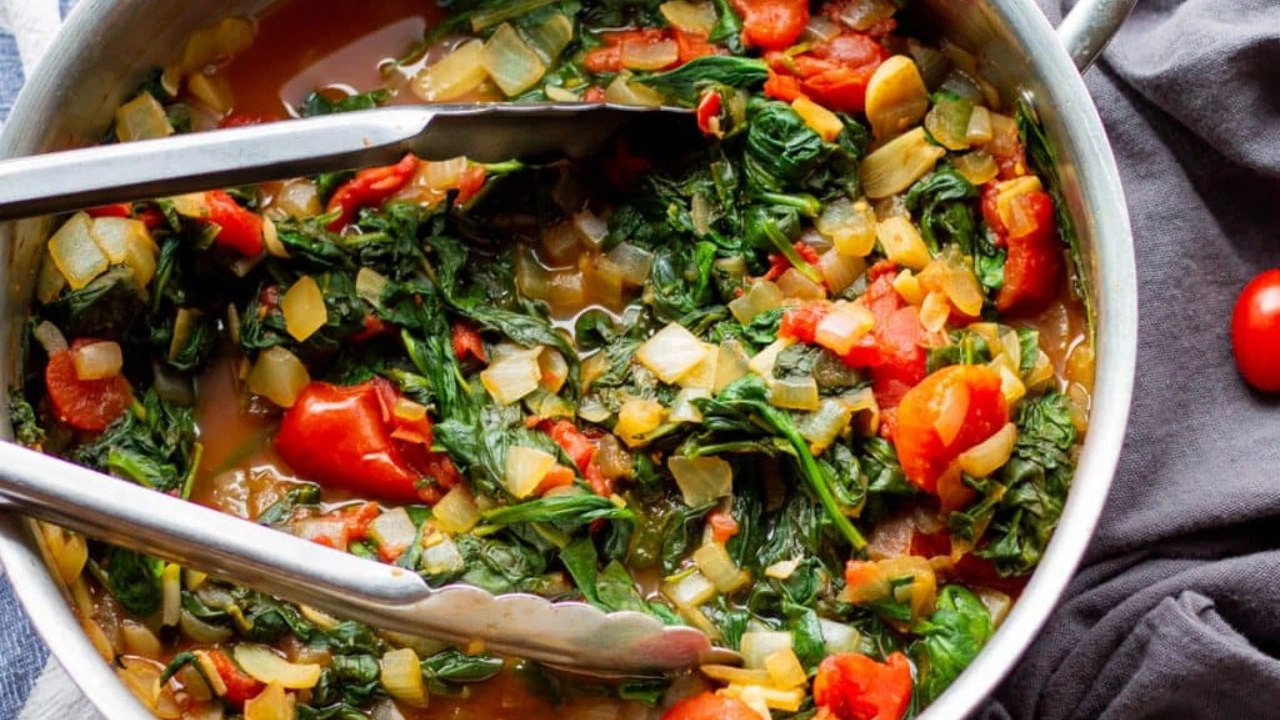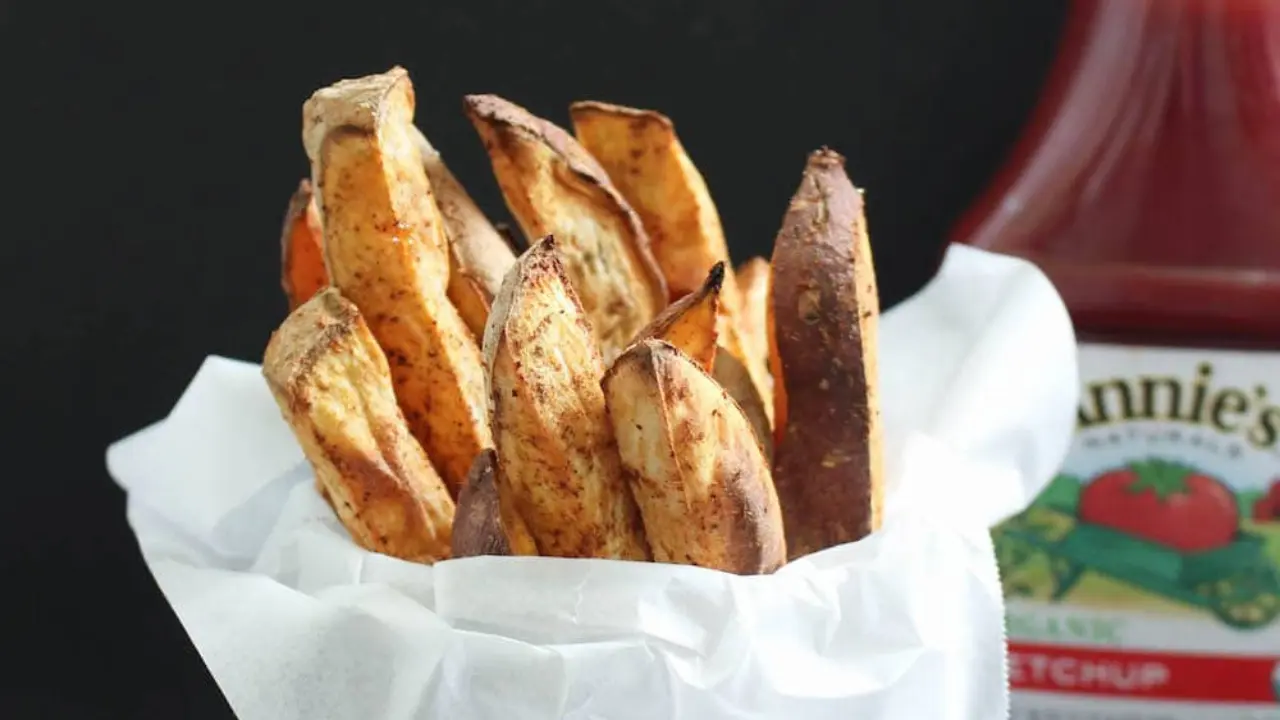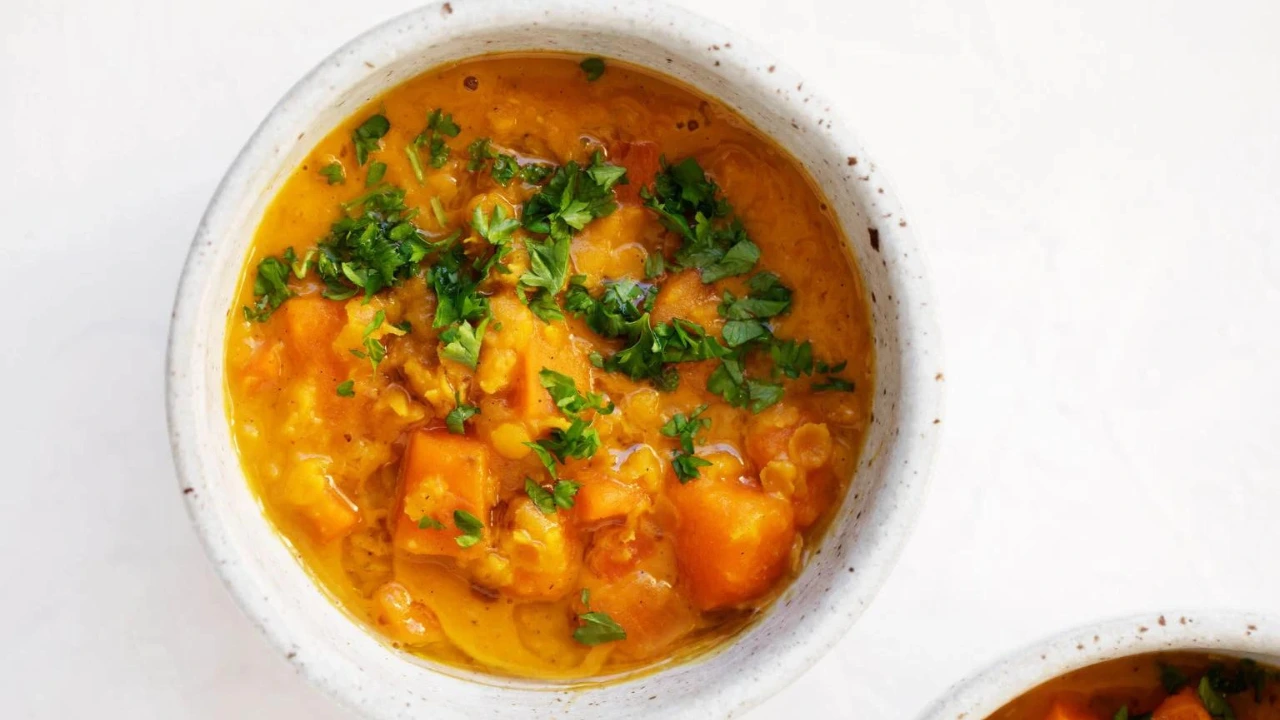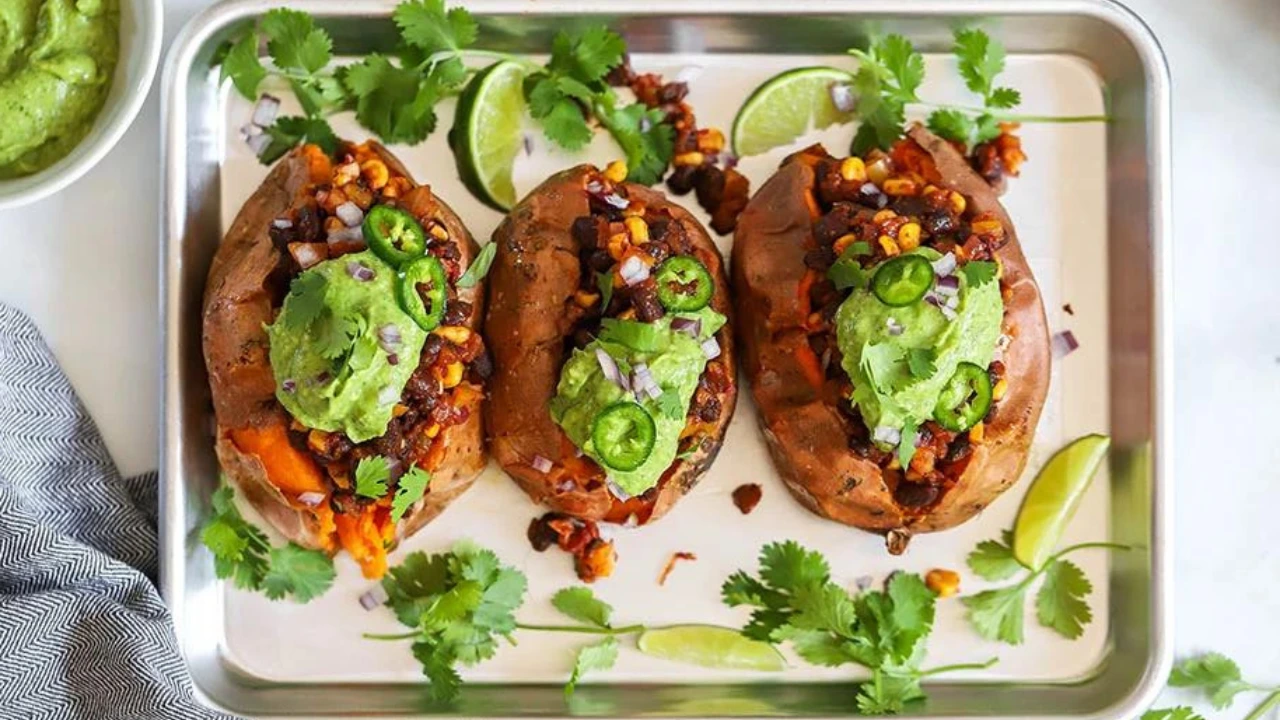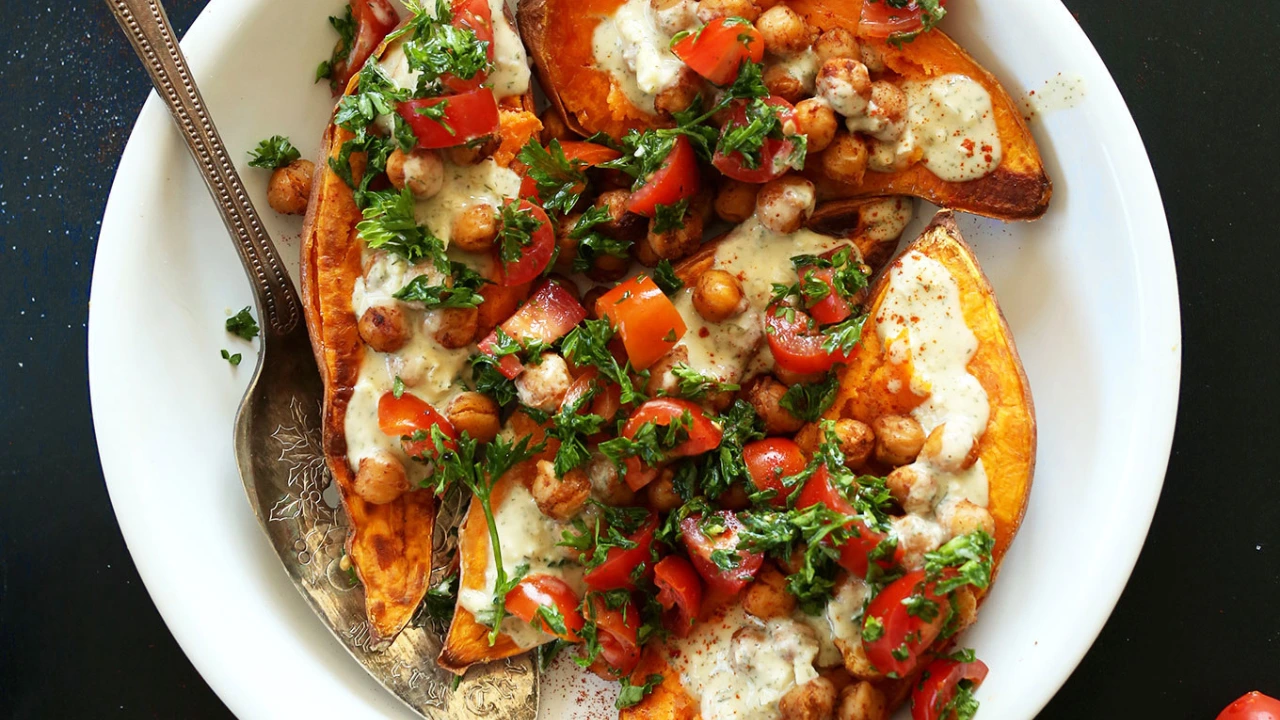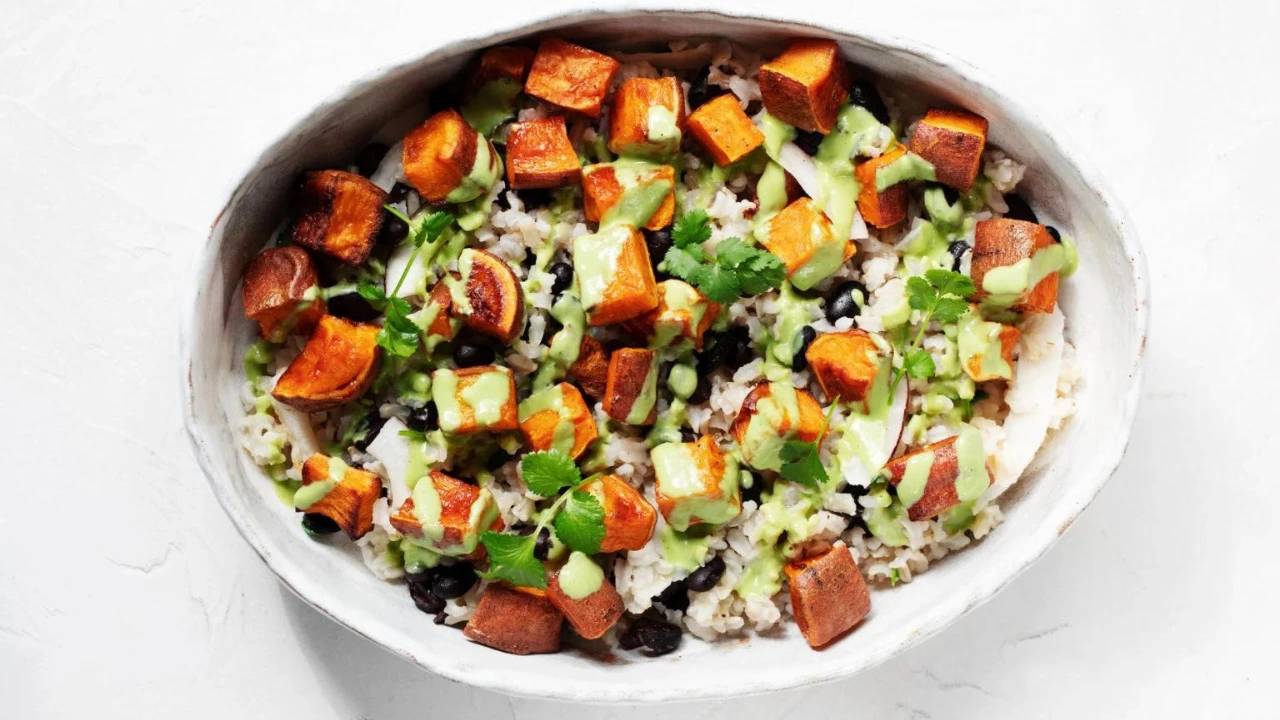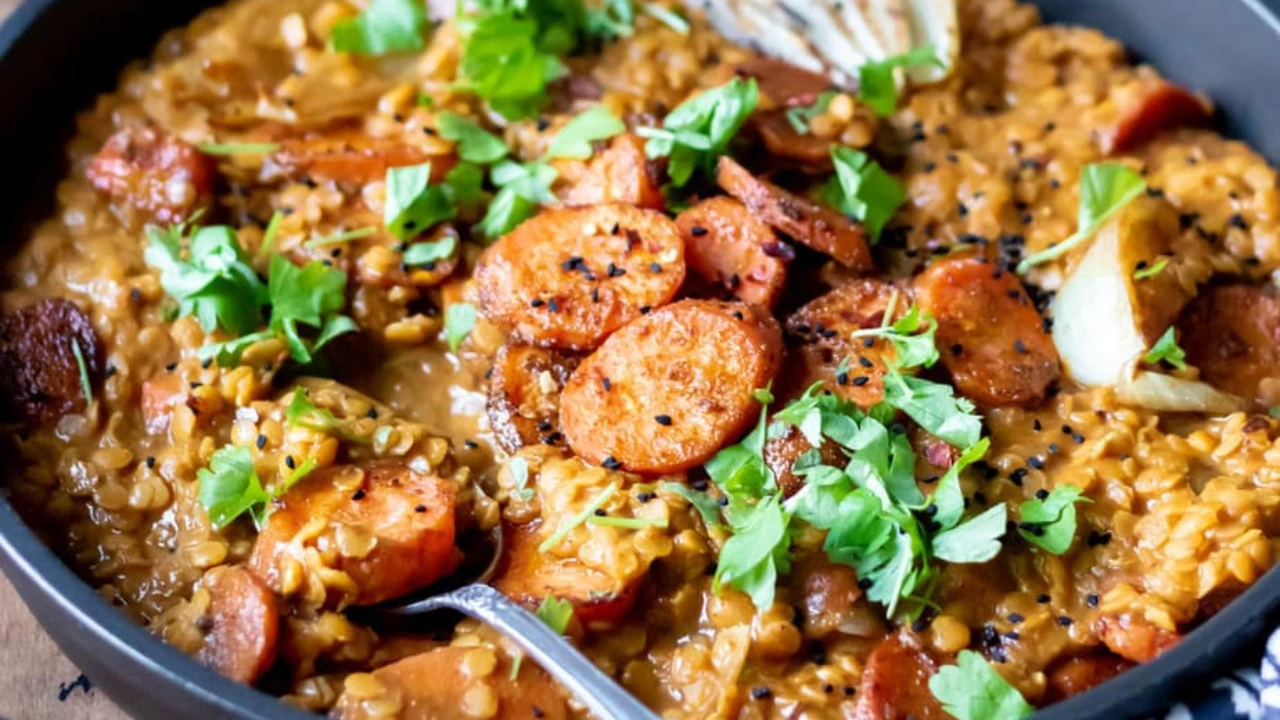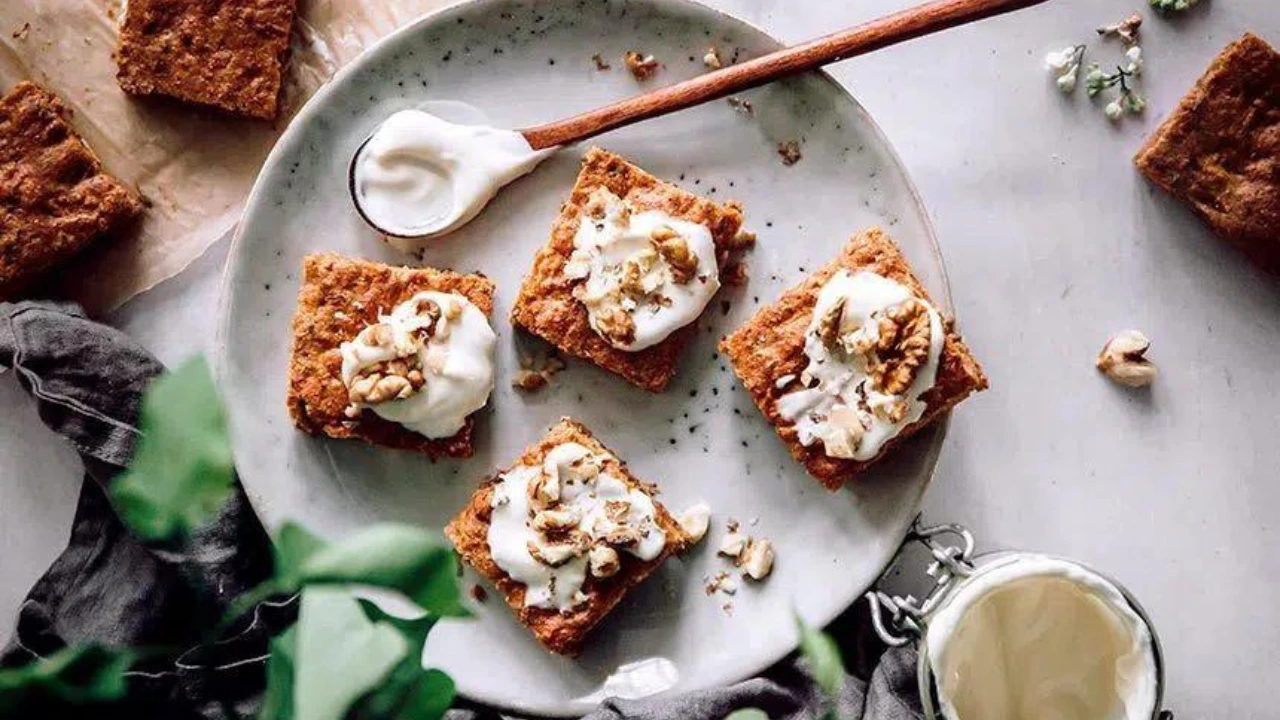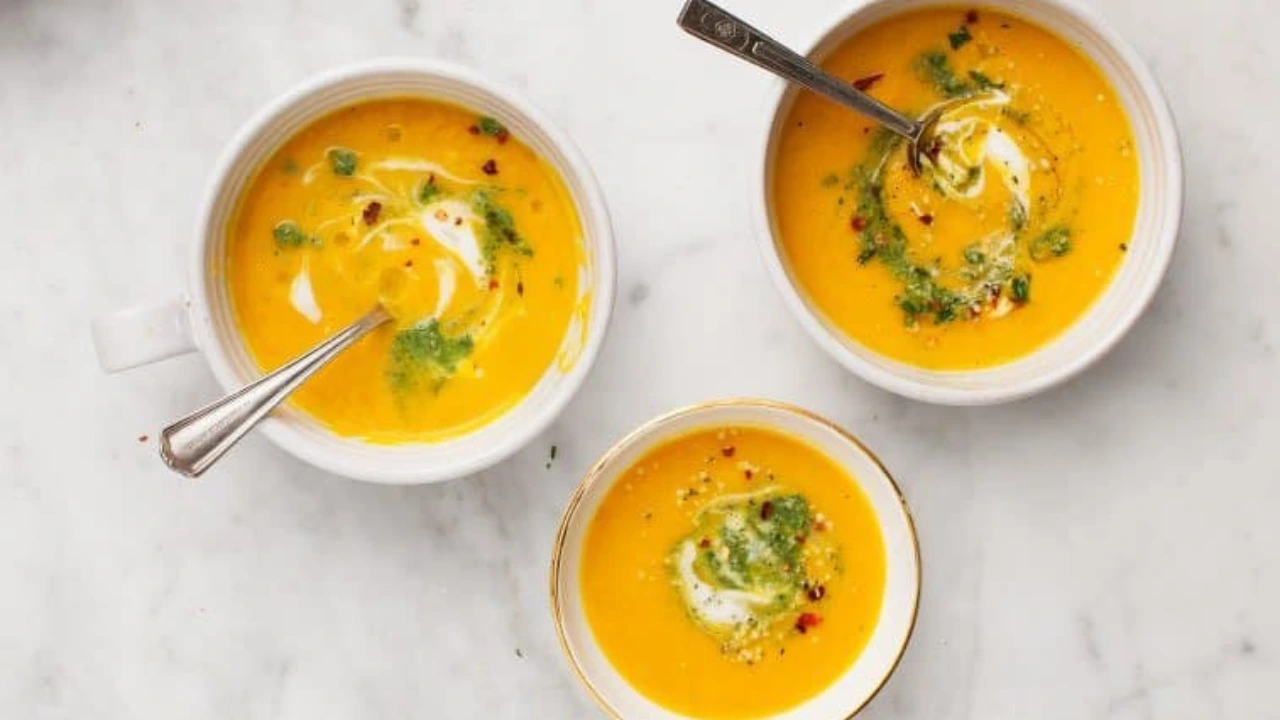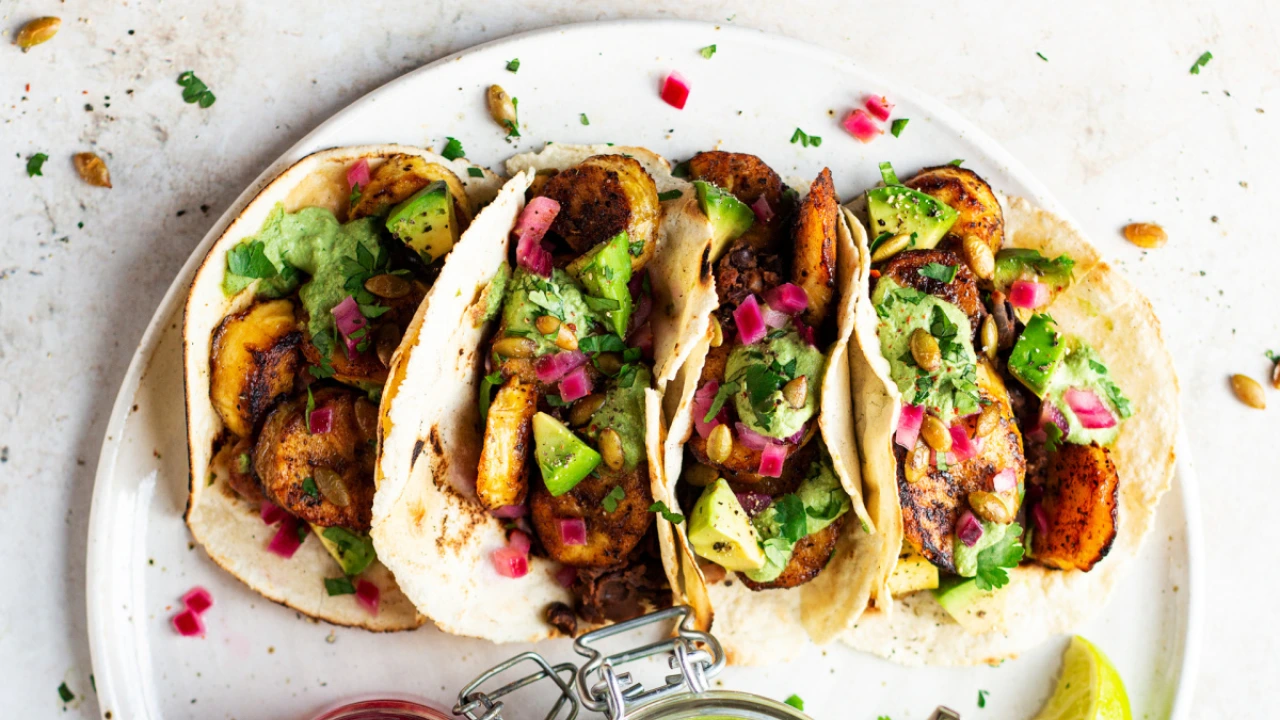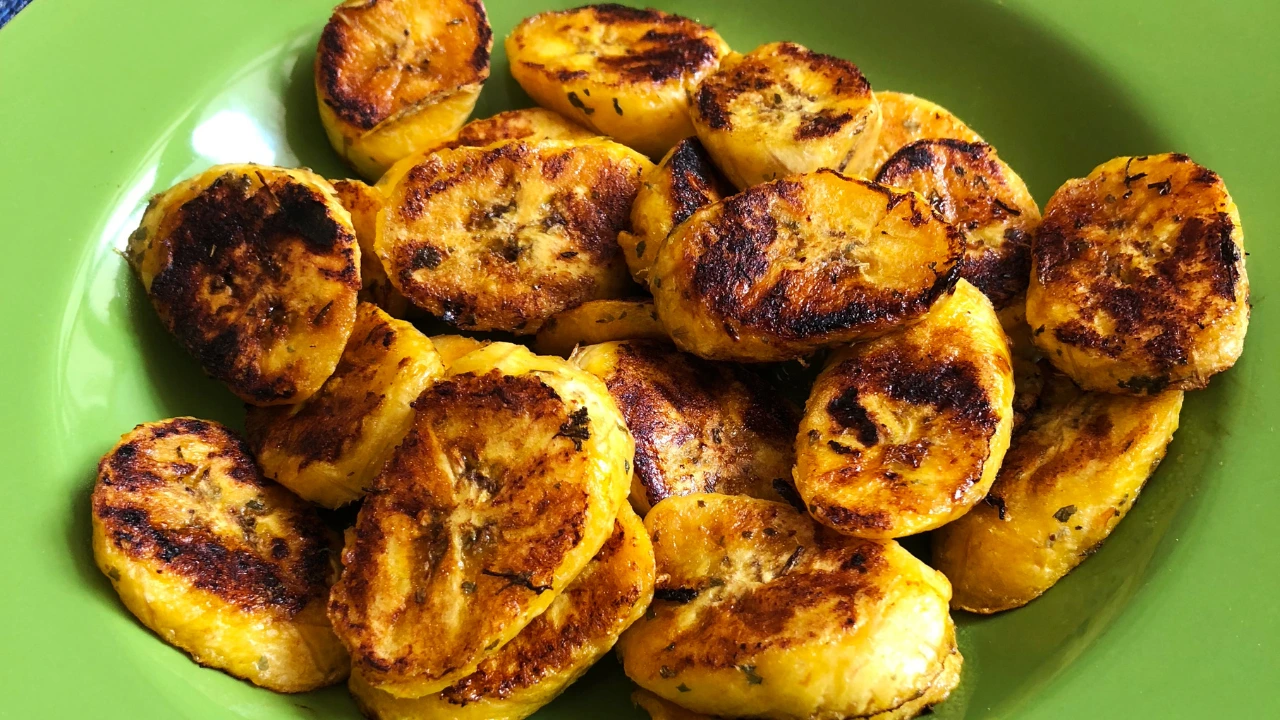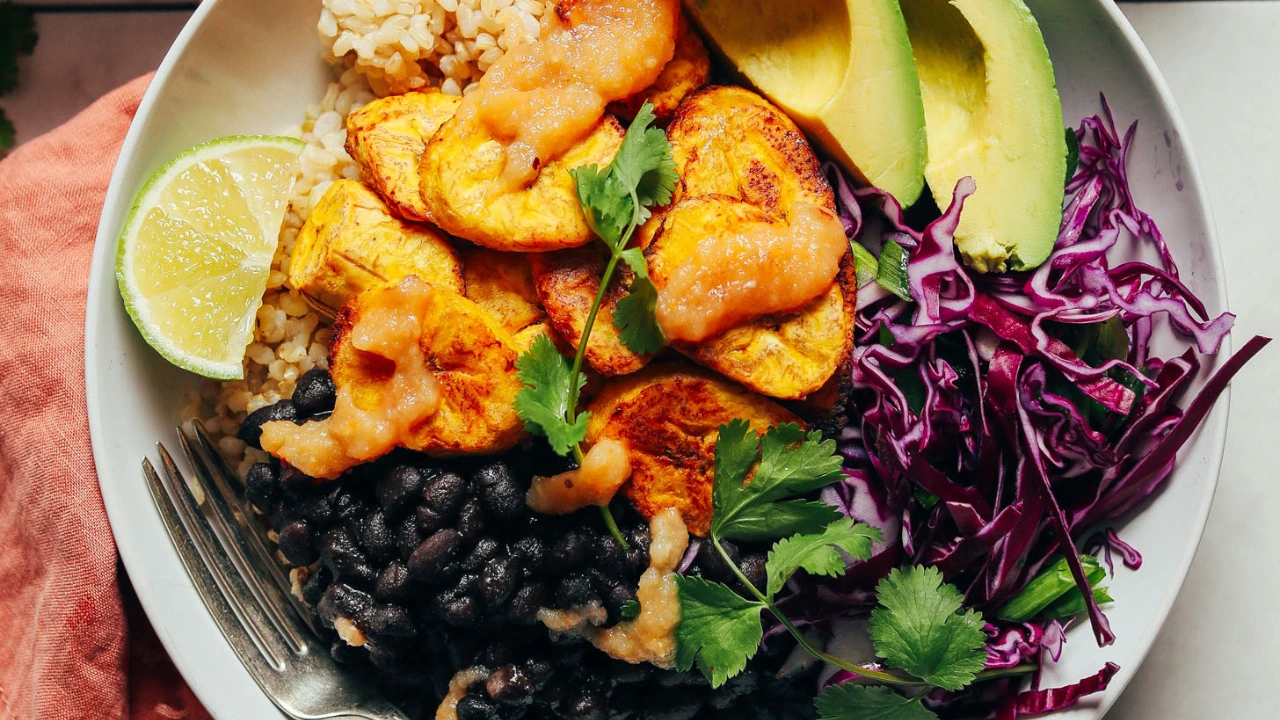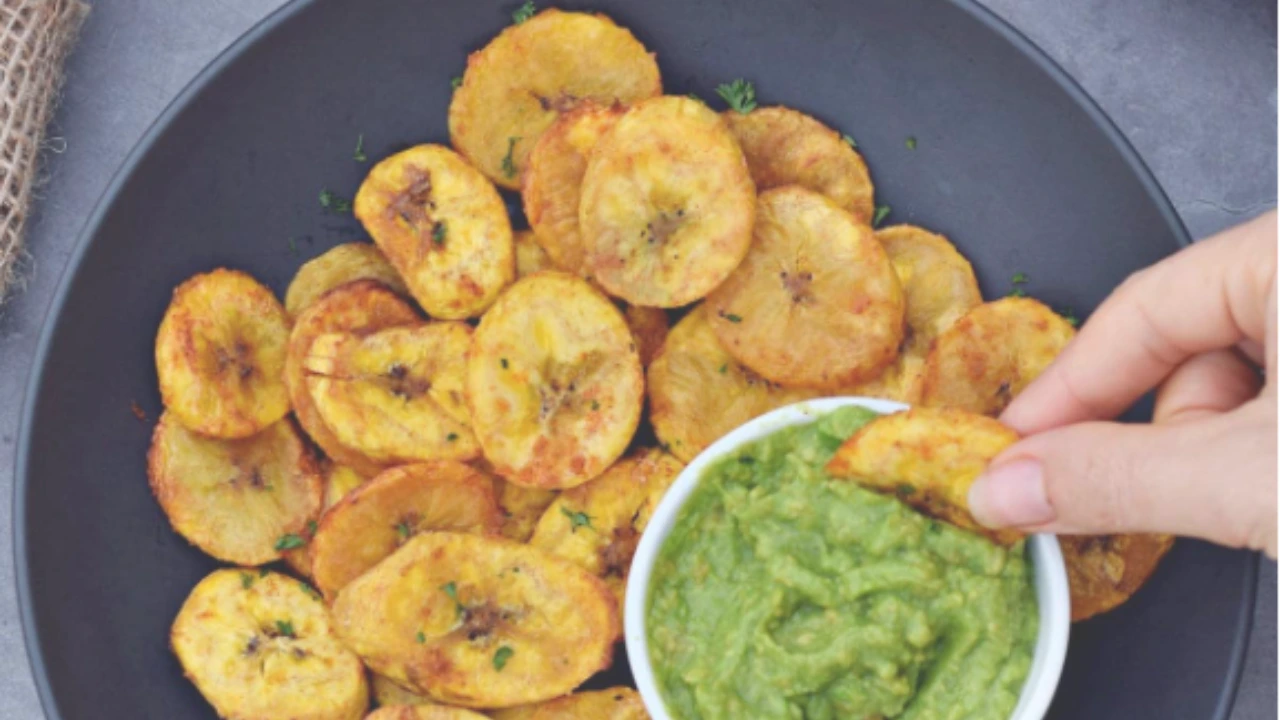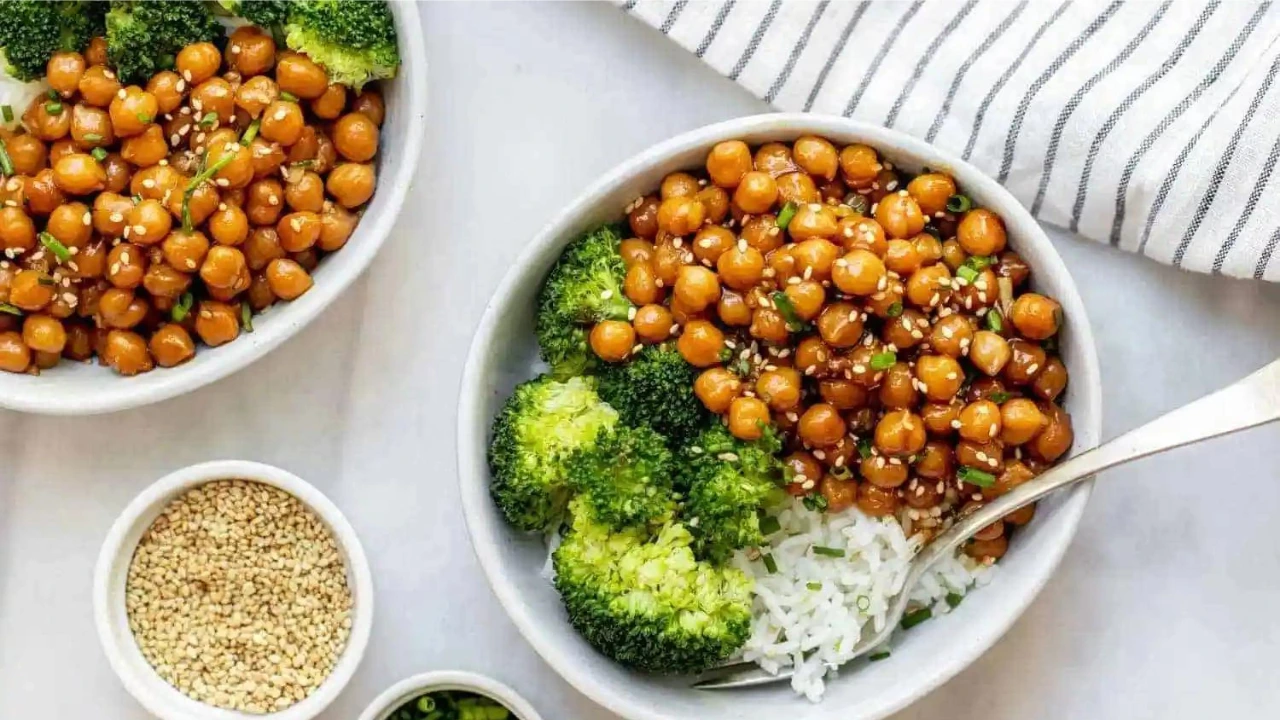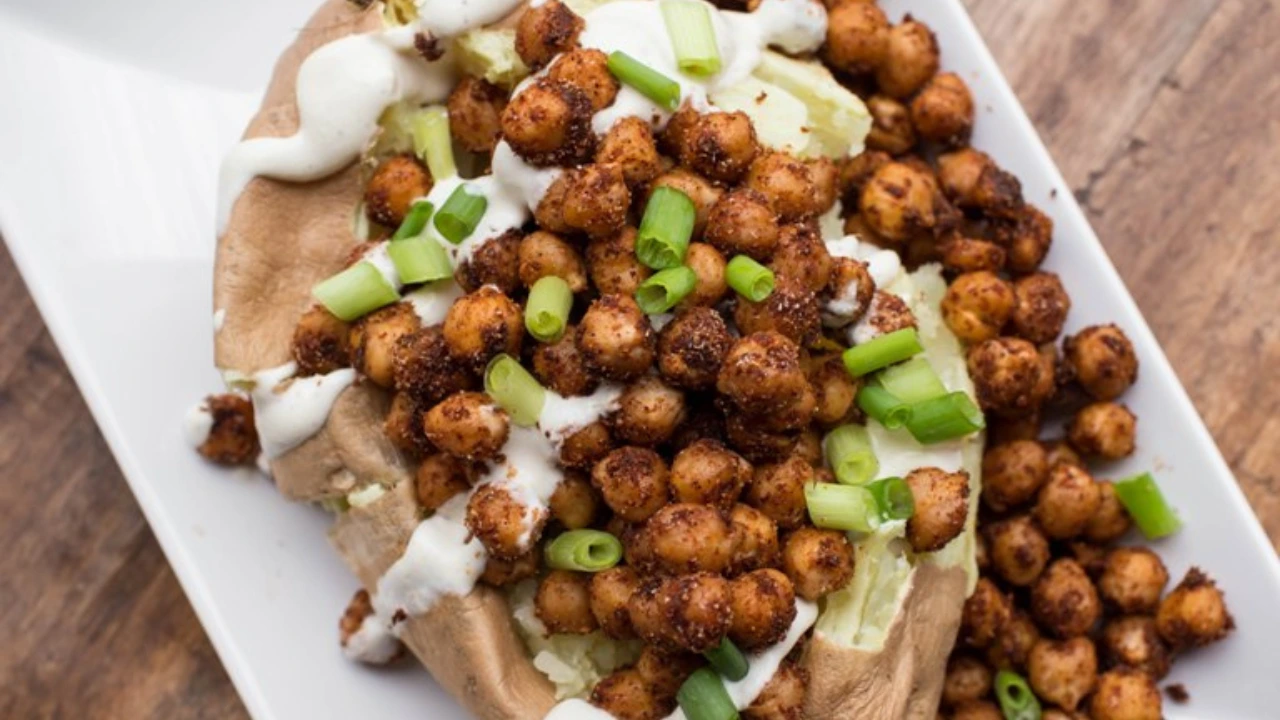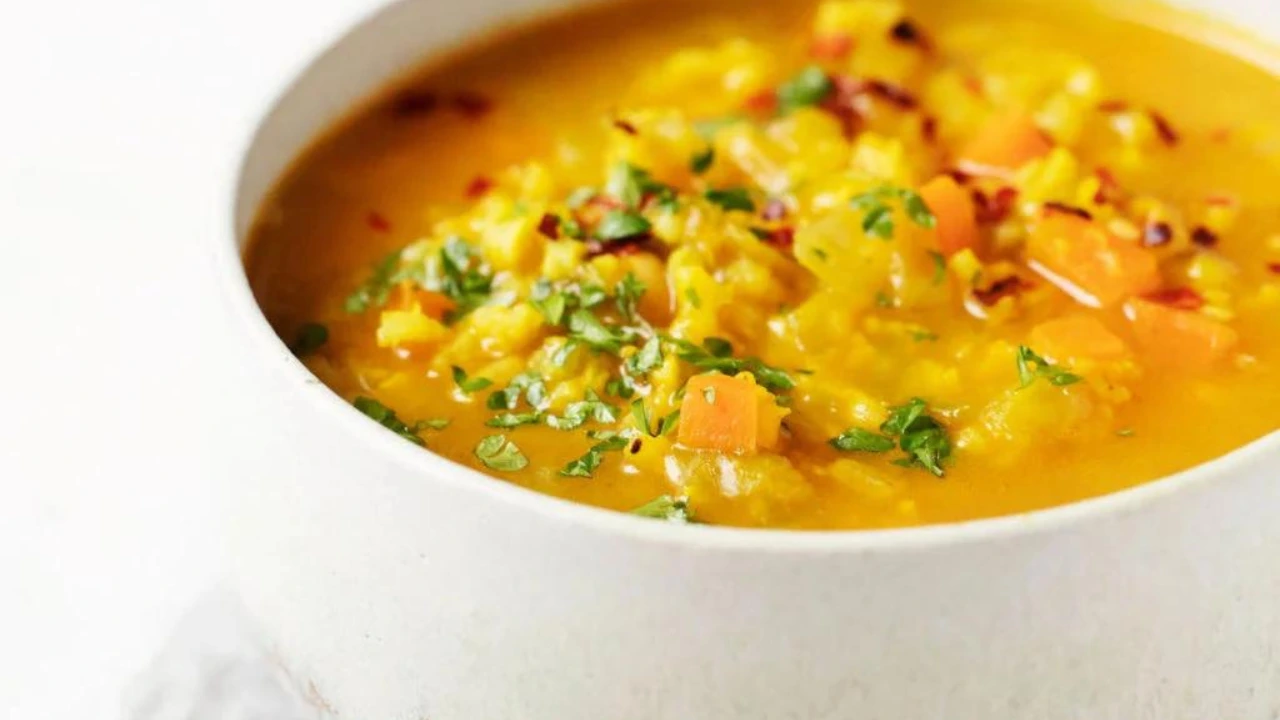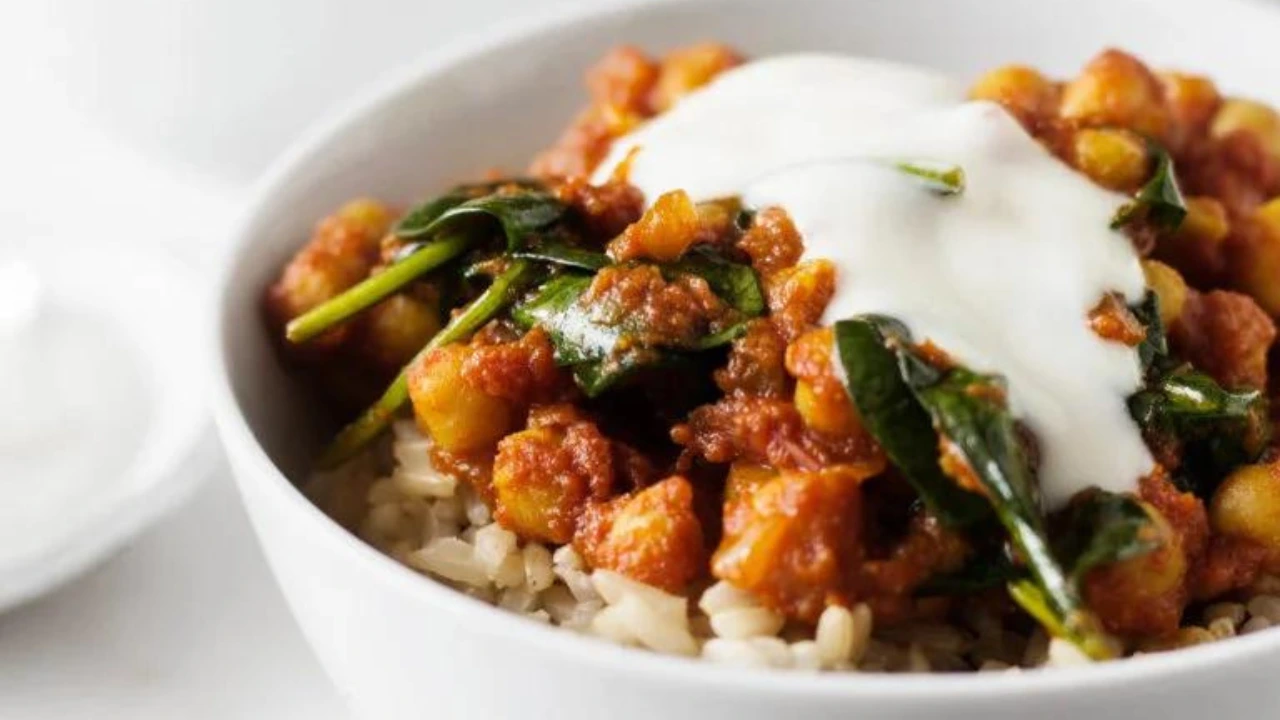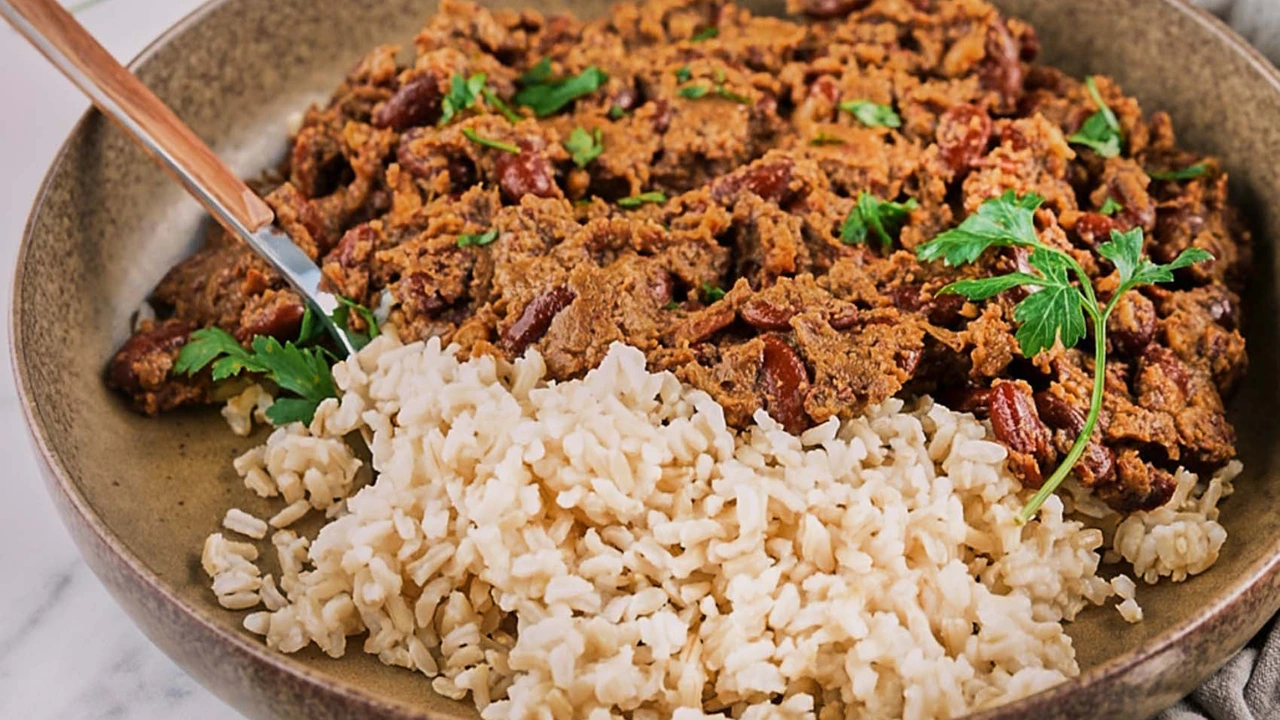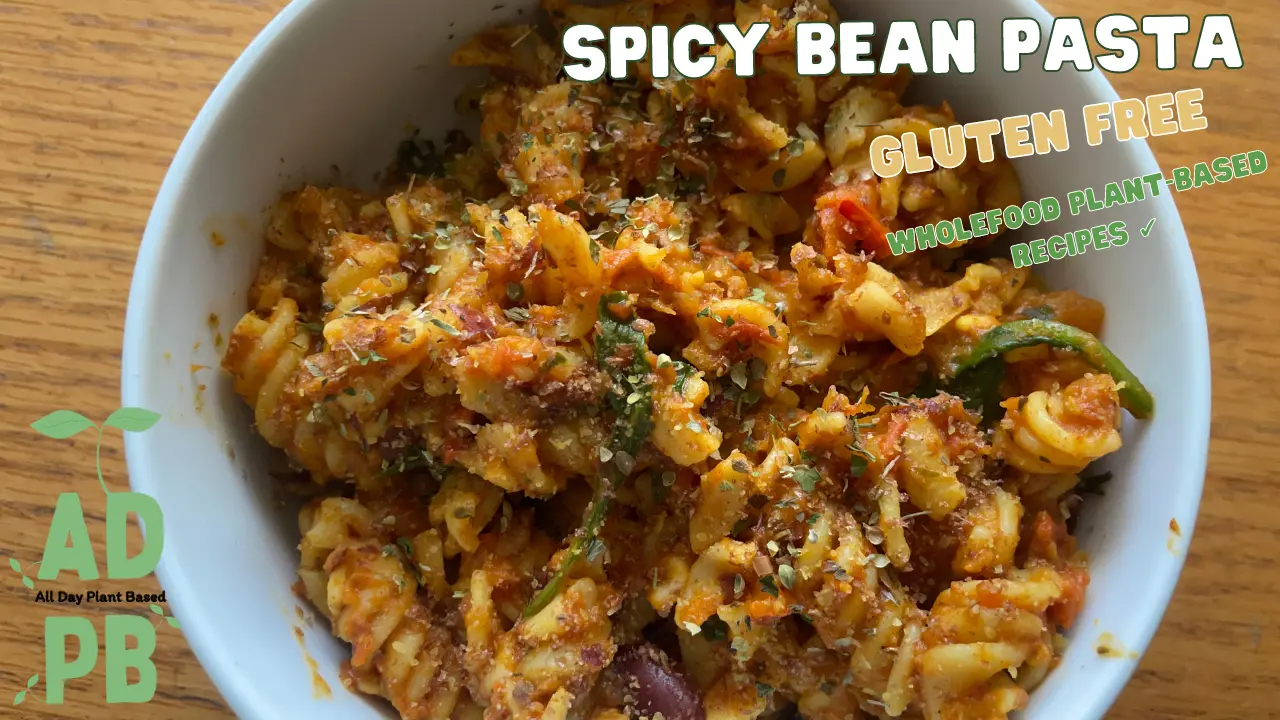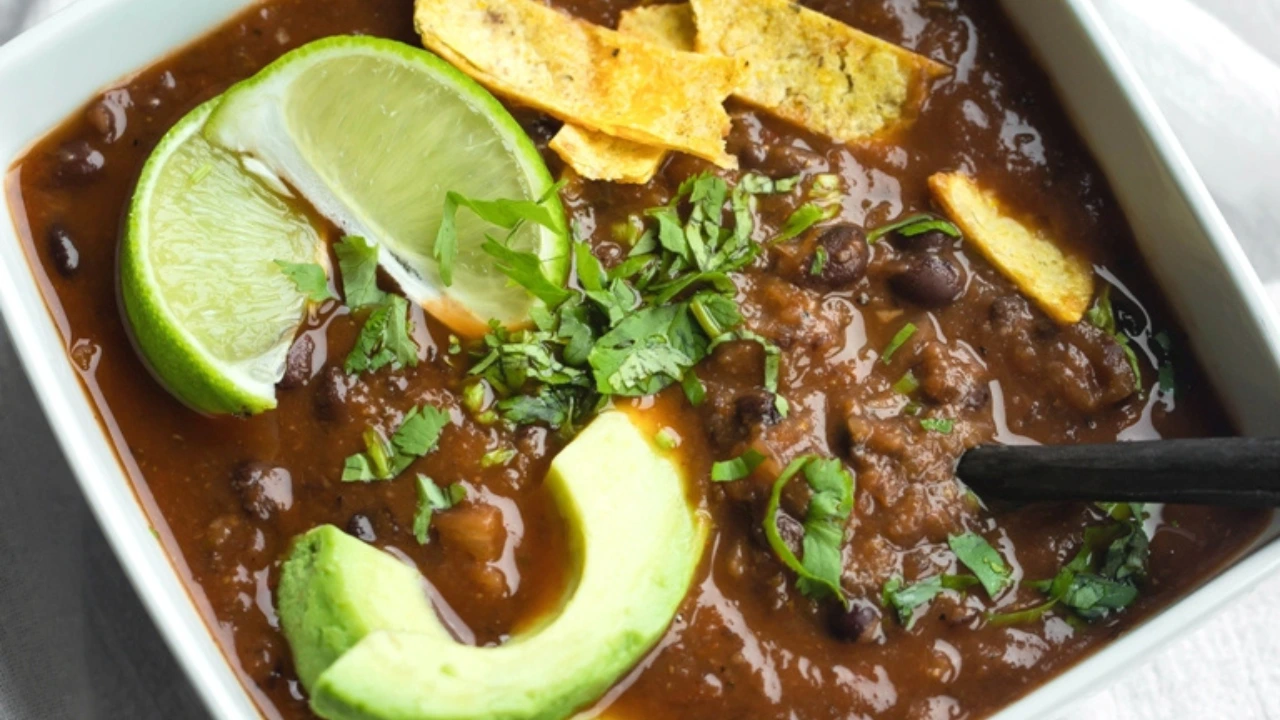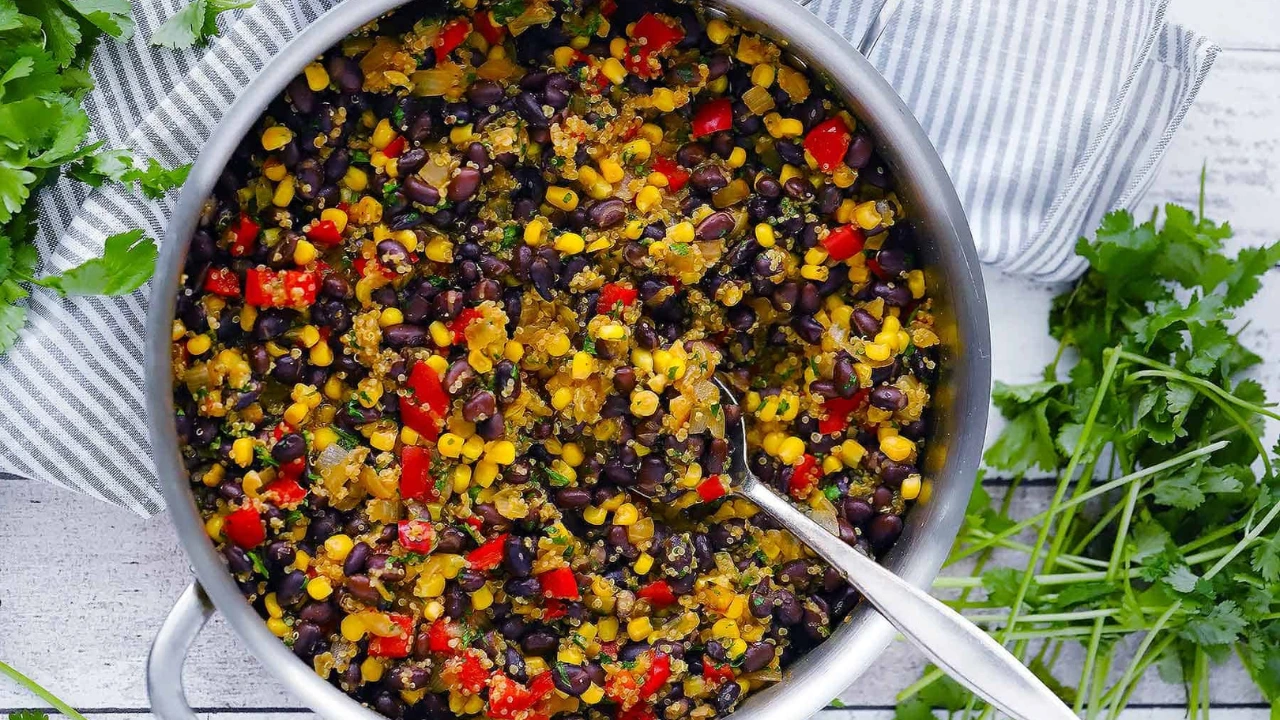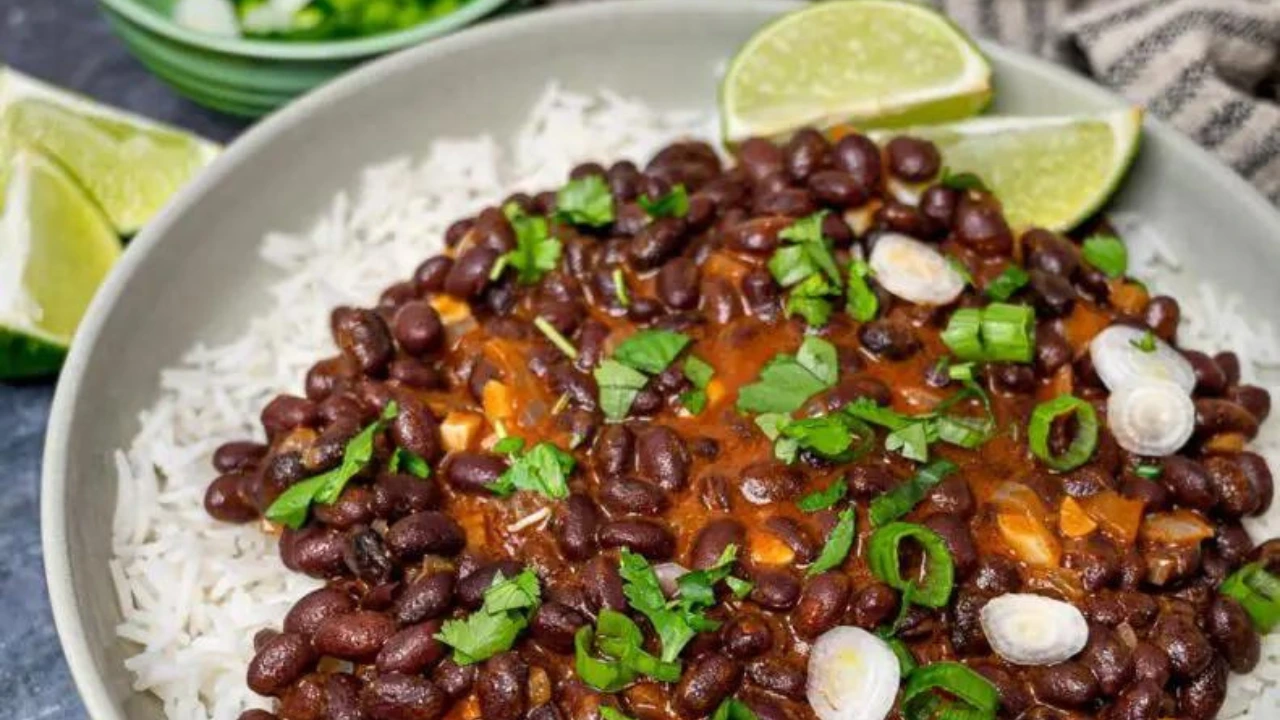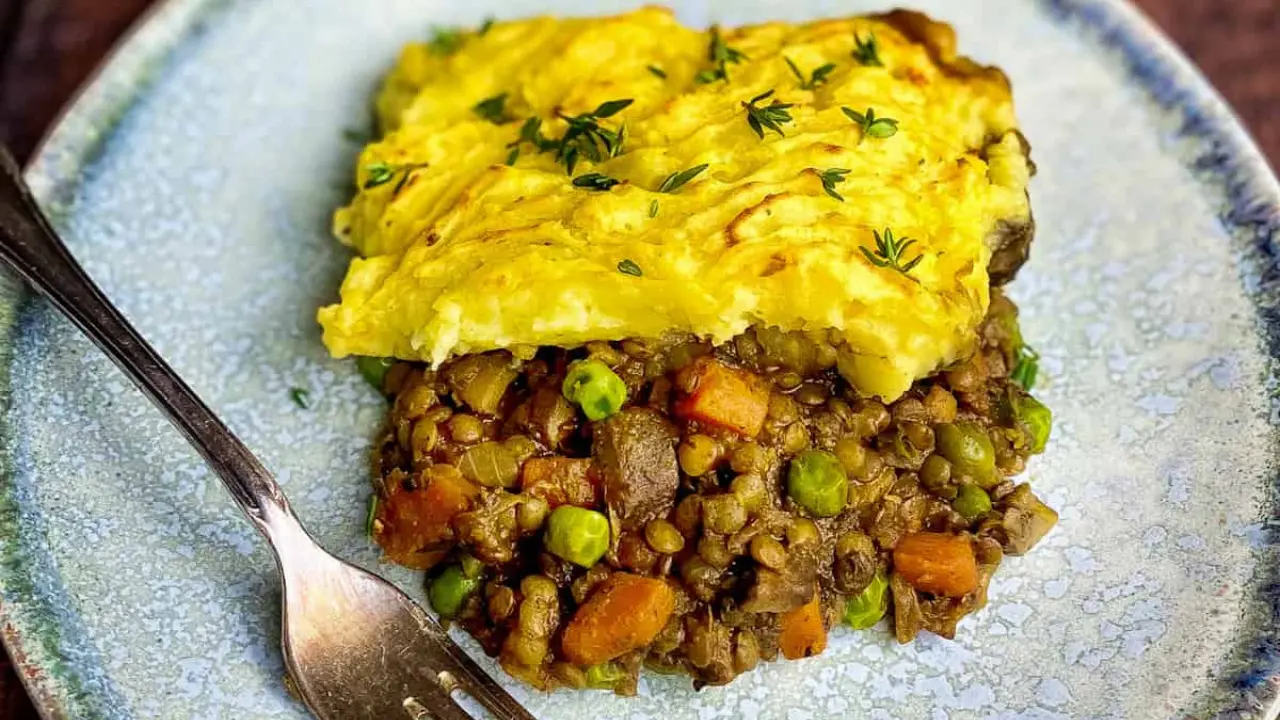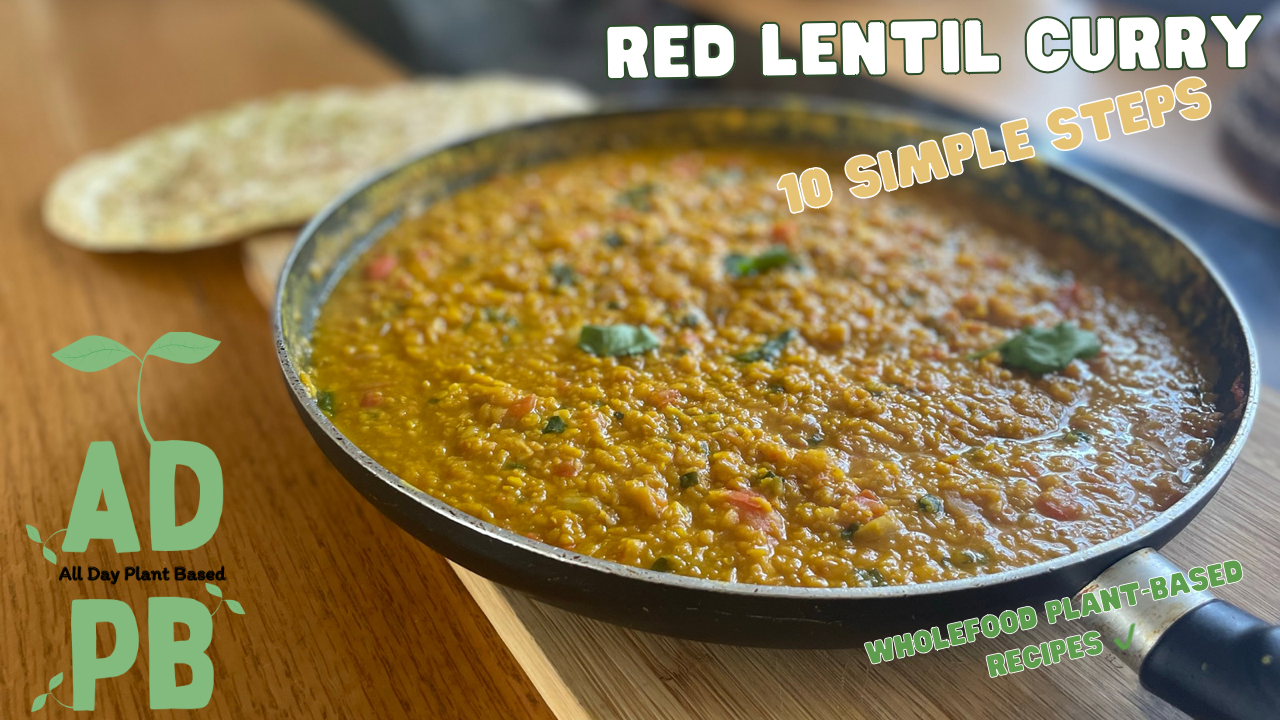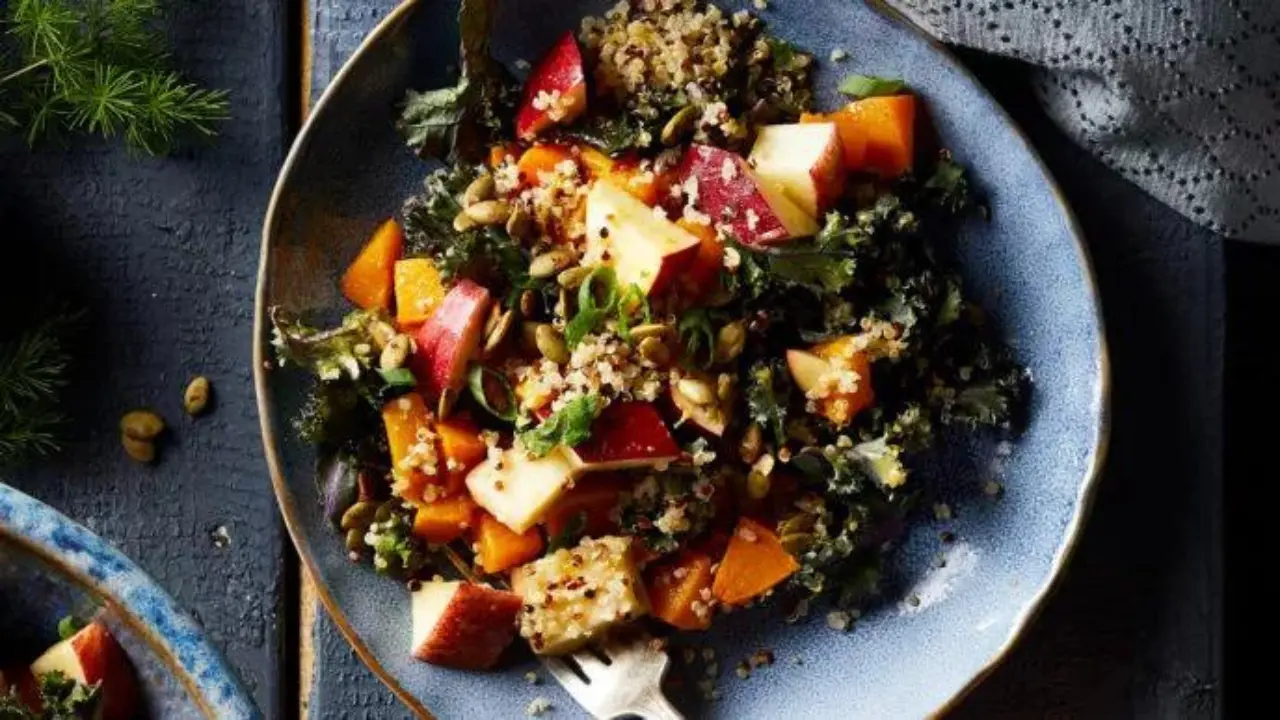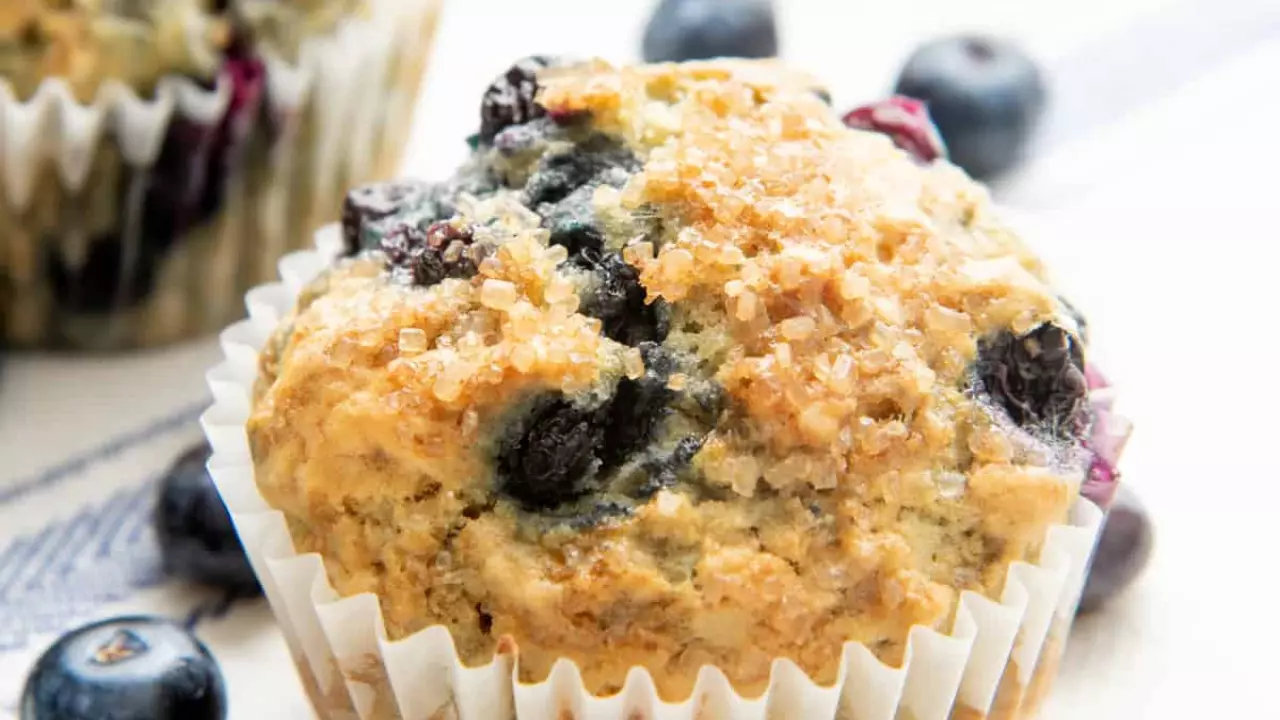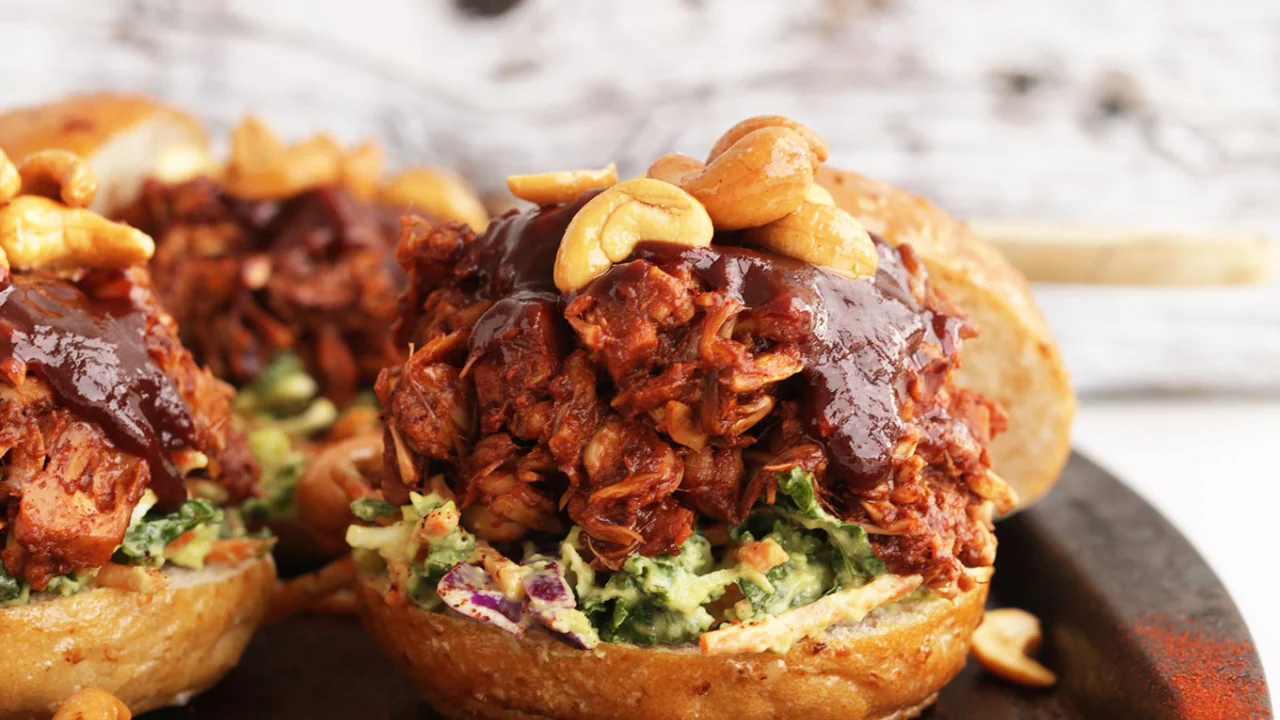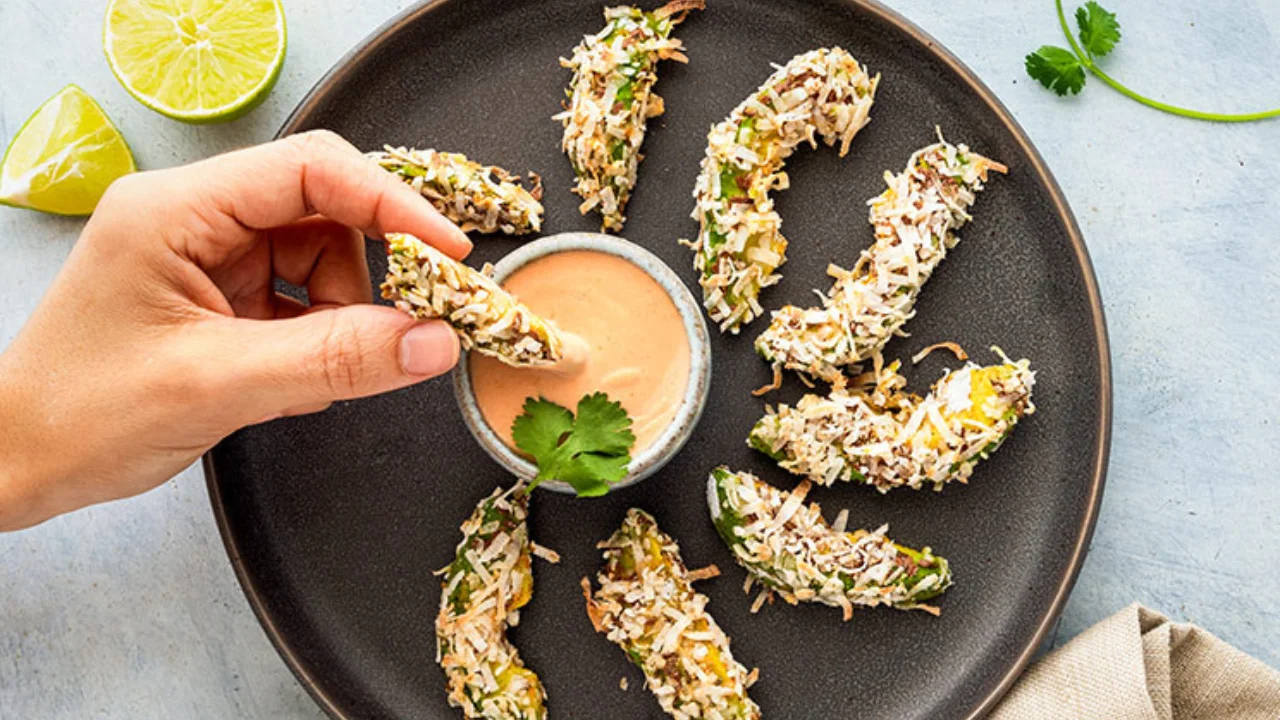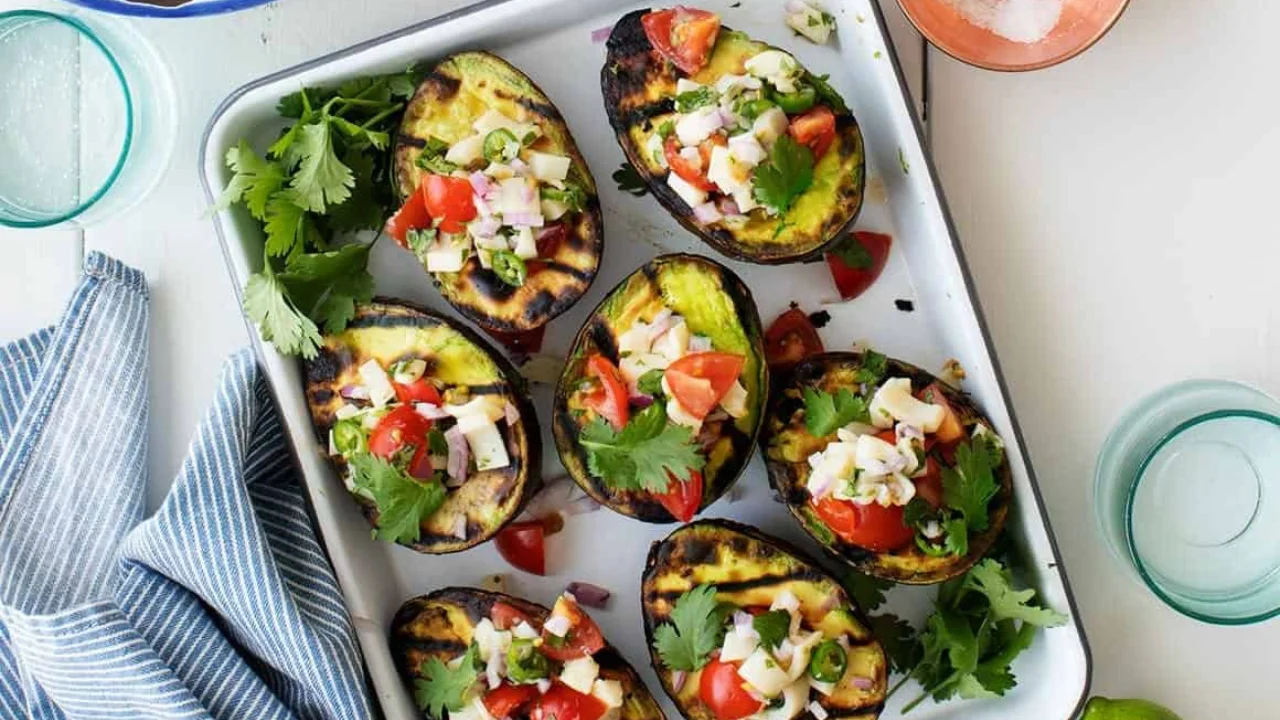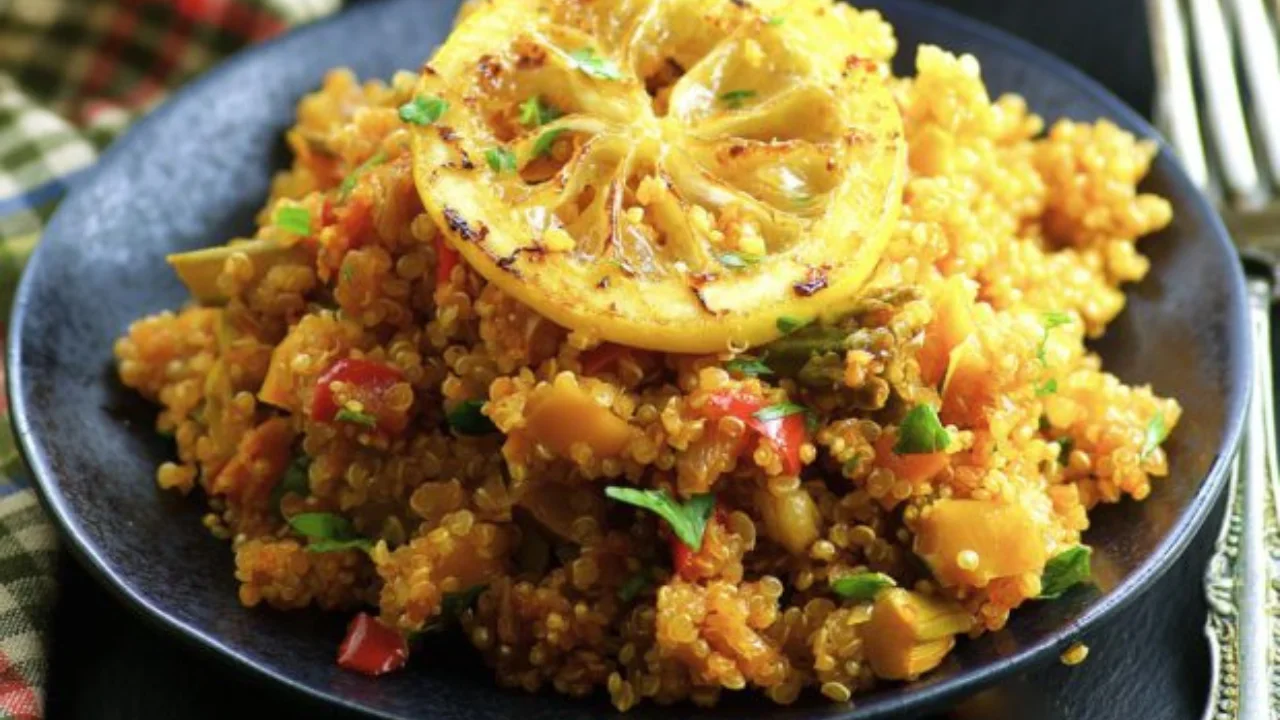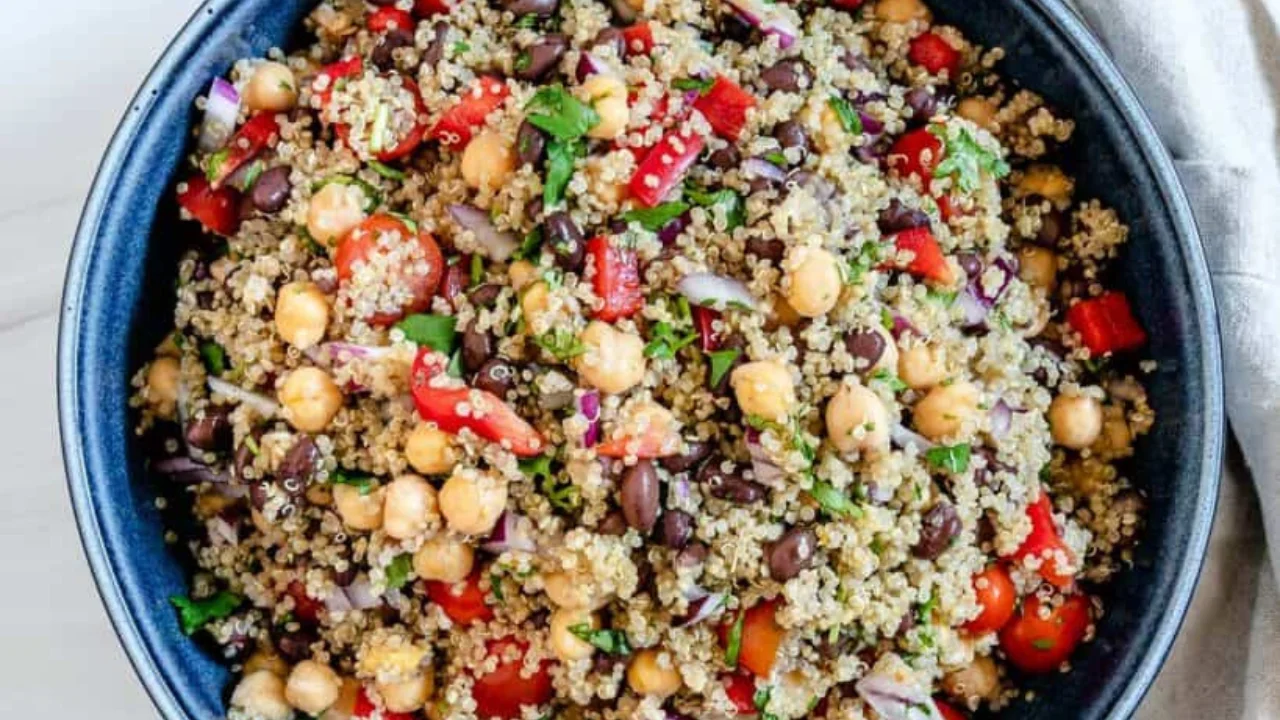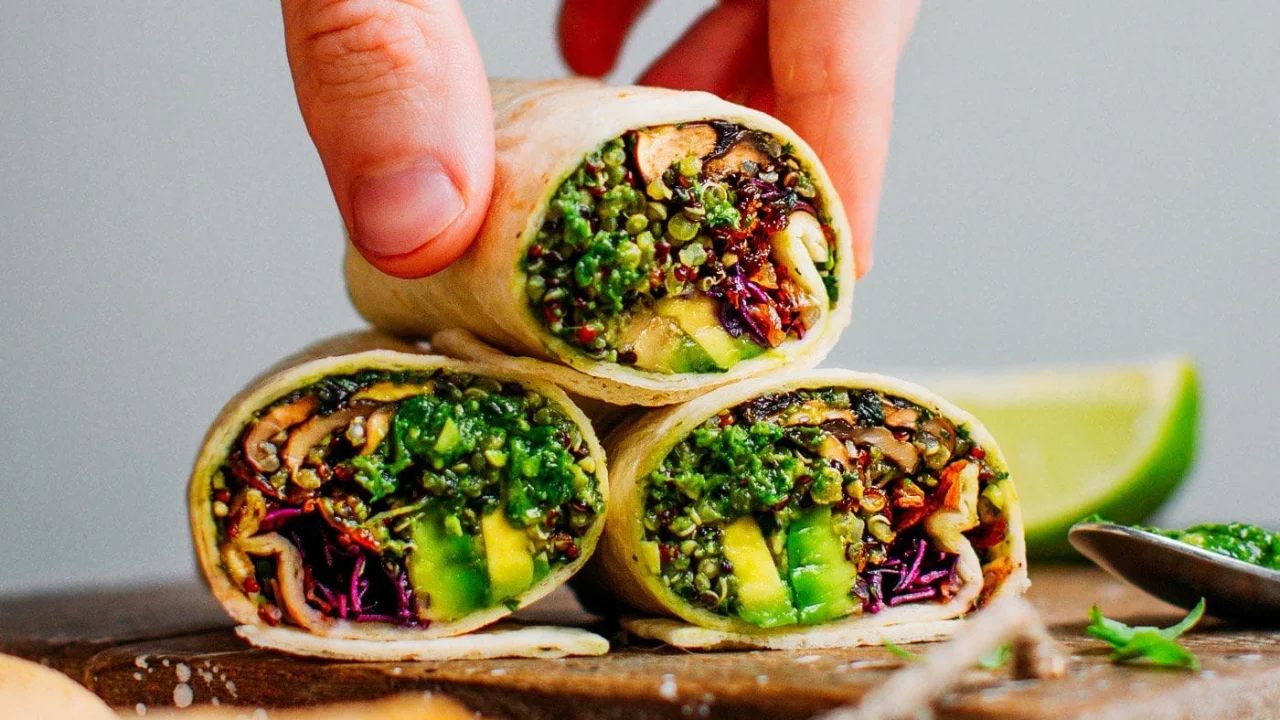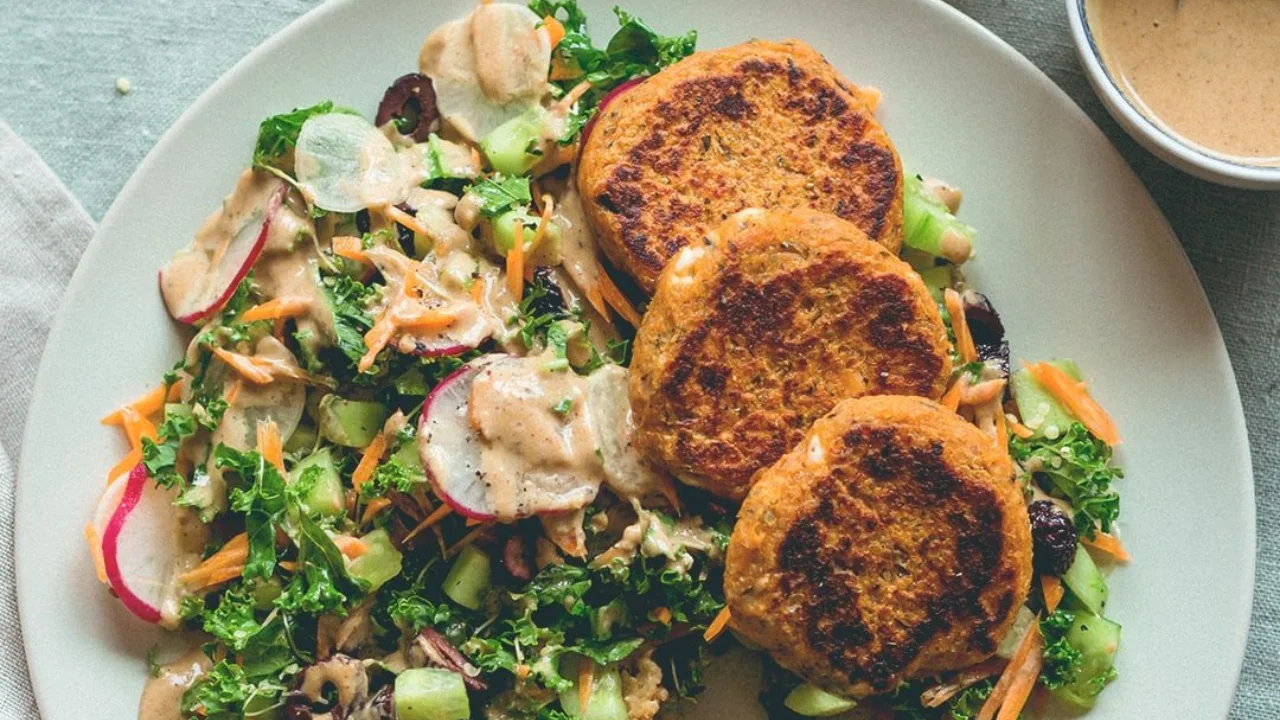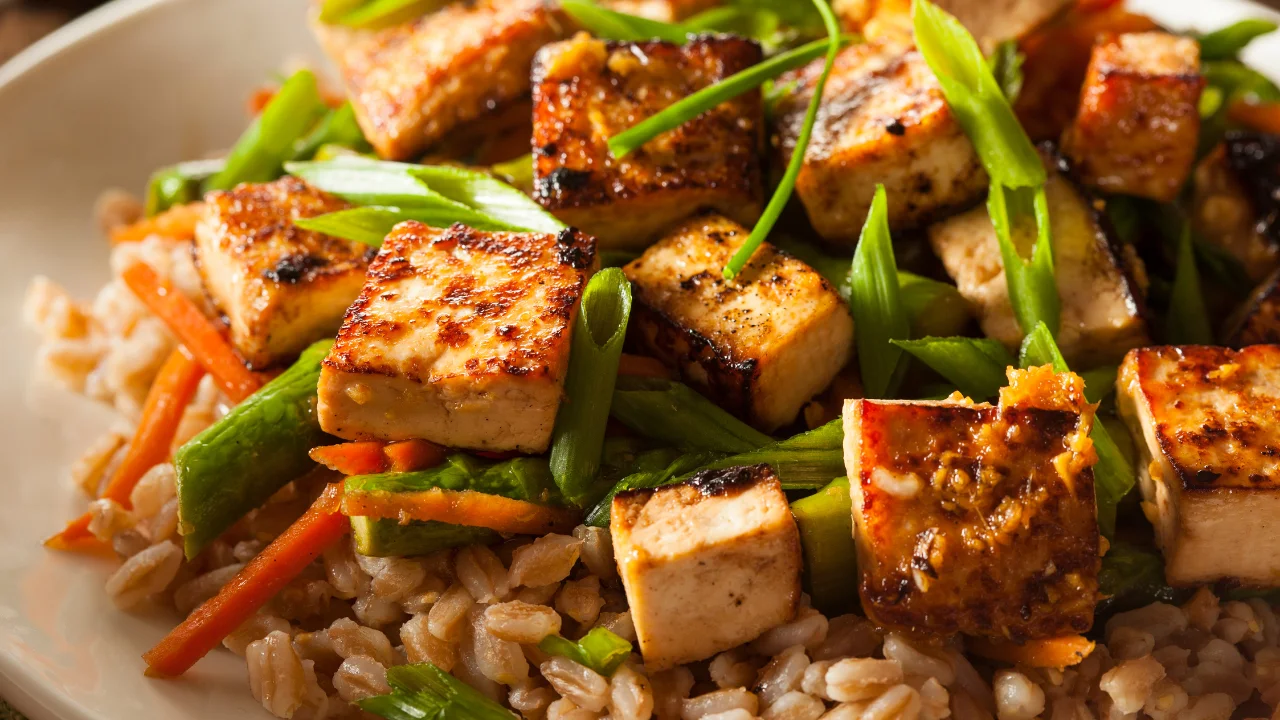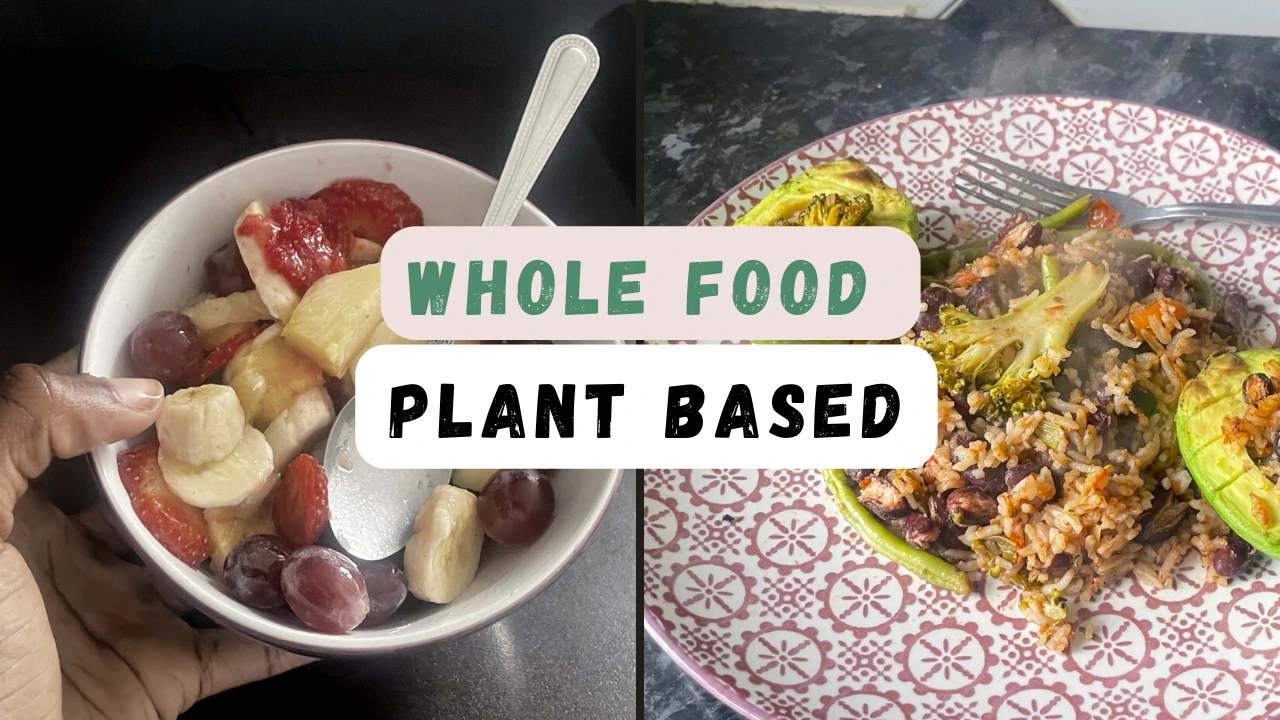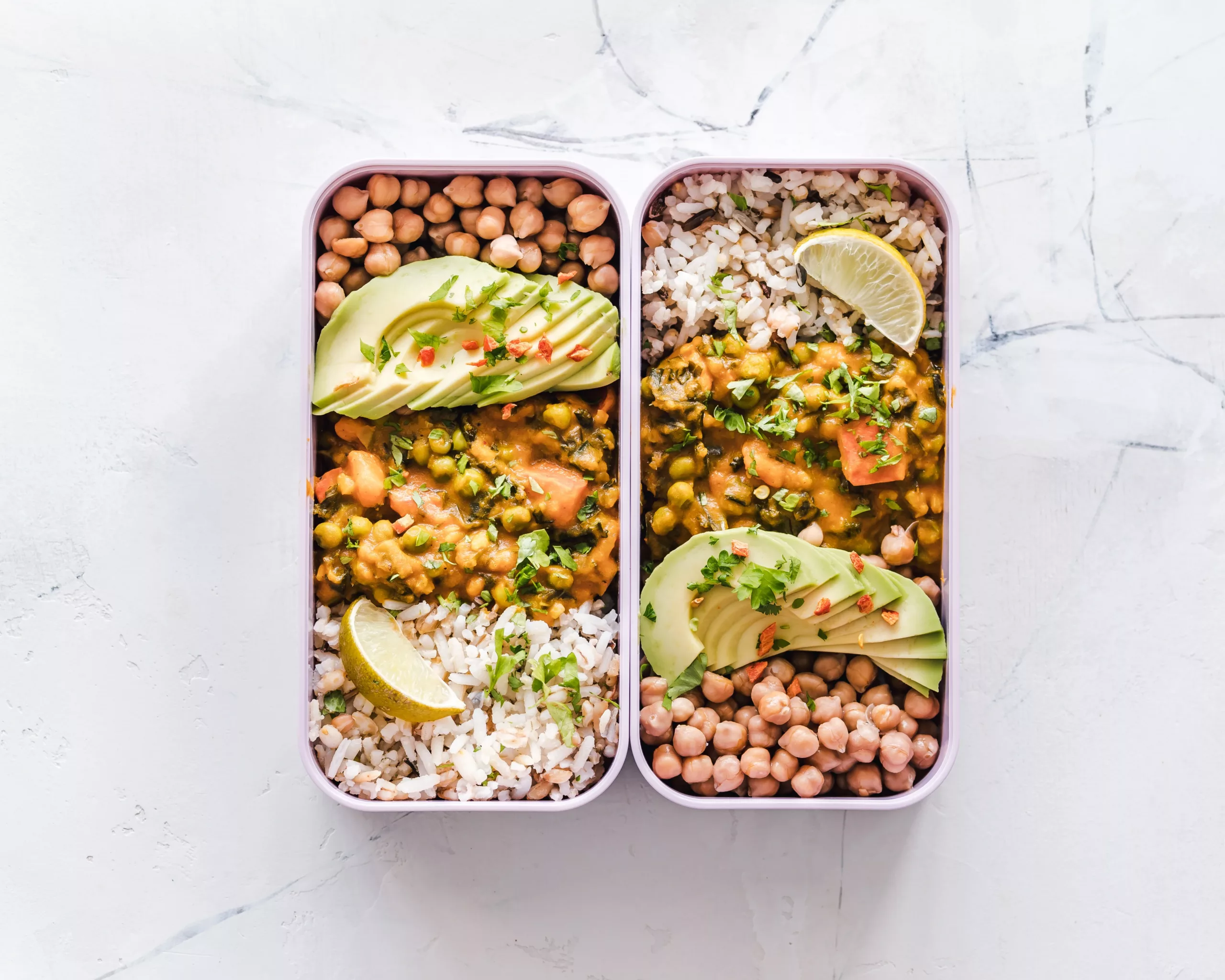Introduction
A plant-based diet is a way of eating that reduces the consumption of processed foods and animal products with the aim of increasing well-being and longevity. In other words, a WFPB diet is all about eating wholesome soul foods!
Today ill be listing some key Ingredients you should have in your kitchen if you’re interested in cooking up a whole-food storm! Each food item will have a range of recipes you can choose from, so use the Table Of Contents below to help you navigate this article better.
undefined
As you go through this post click the pictures or recipe name to visit the full recipes!
Although it may seem like a plant-based diet is extremely restrictive, there are so many amazing dishes you can make with the basic ingredients and foods I’ve listed for you. No matter what type of plant based eater you are (oil-free or no-wheat etc) you’ll find something for you below.
If you’re interested in ways to go about buying whole foods on a budget check out this awesome article
Interested in the whole food plant-based diet? This article is just for you.
1. Spinach
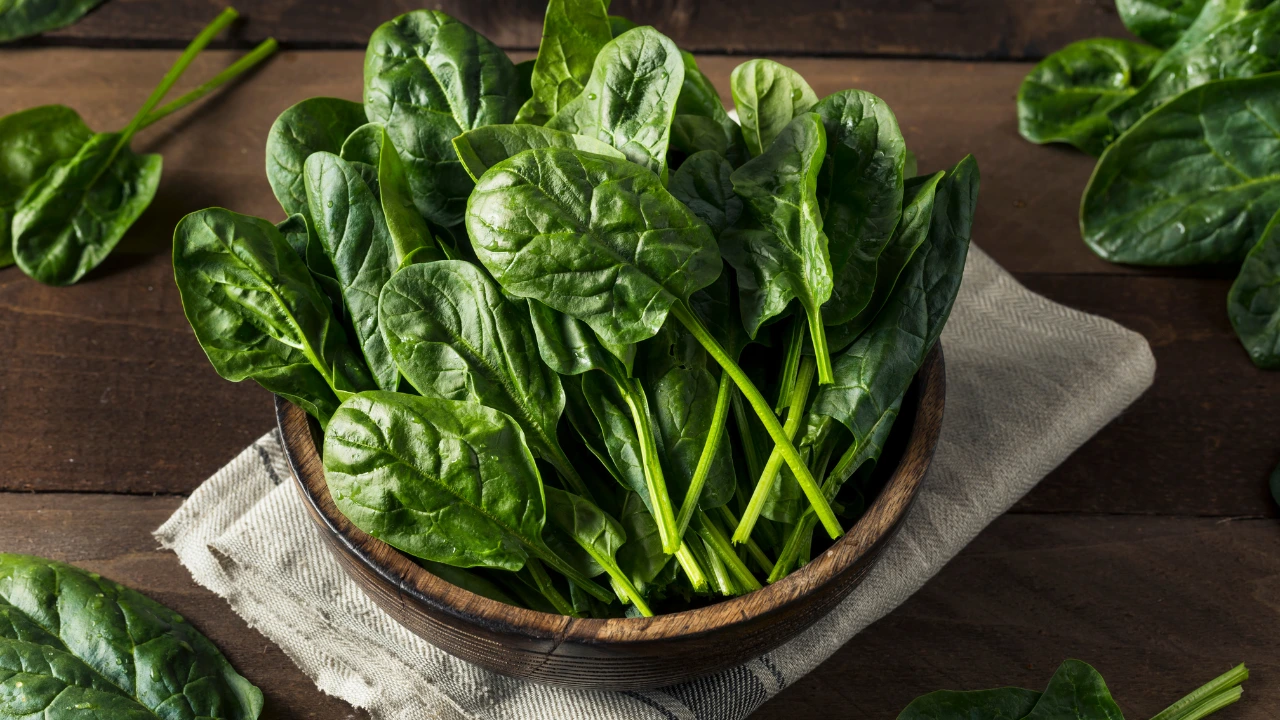

The great thing about spinach is how densely packed the nutrients are within each leaf. As a result, we can enjoy the benefits of spinach without having to eat loads of them at a time. This is made even more impressive when you factor in the plethora of dishes you can easily pop spinach on top of.
With how unassuming they are, you’d be forgiven for never knowing that spinach is a powerful source of fibre, iron and vitamin B, all of which aid in the reduction of blood pressure levels, inflammation and cellular damage. Along with its myriad health benefits, spinach is easily one of the most versatile greens, being a suitable addition to almost every dish.
I often add some spinach to my recipes to increase the nutrient content and provide a refreshing, neutral backdrop to my dish.
2. Sweet potato
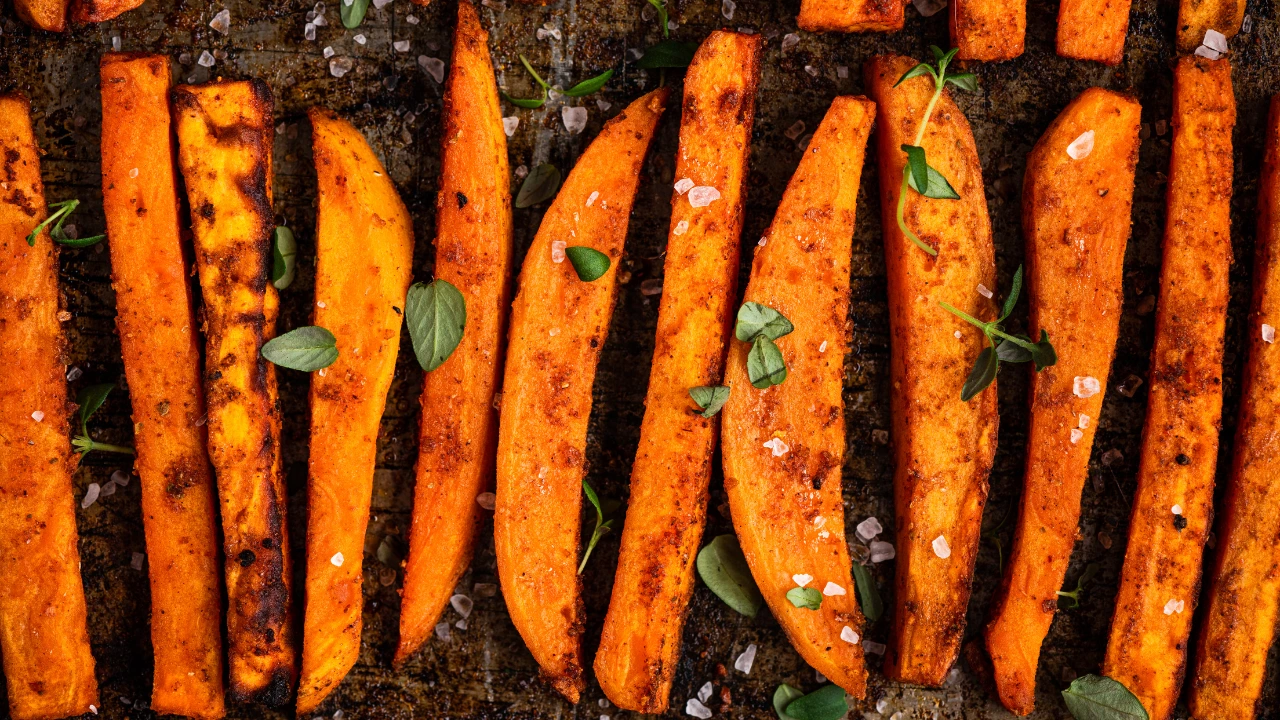
These starchy root vegetables are the distant cousins of common potatoes and pack a mighty punch when it comes to nutrition.
A few benefits of sweet potatoes include:
- Lowered risk of colorectal cancer.
- Lowered risk of vision loss
- powerful antioxidants which support cell function
3. Carrots
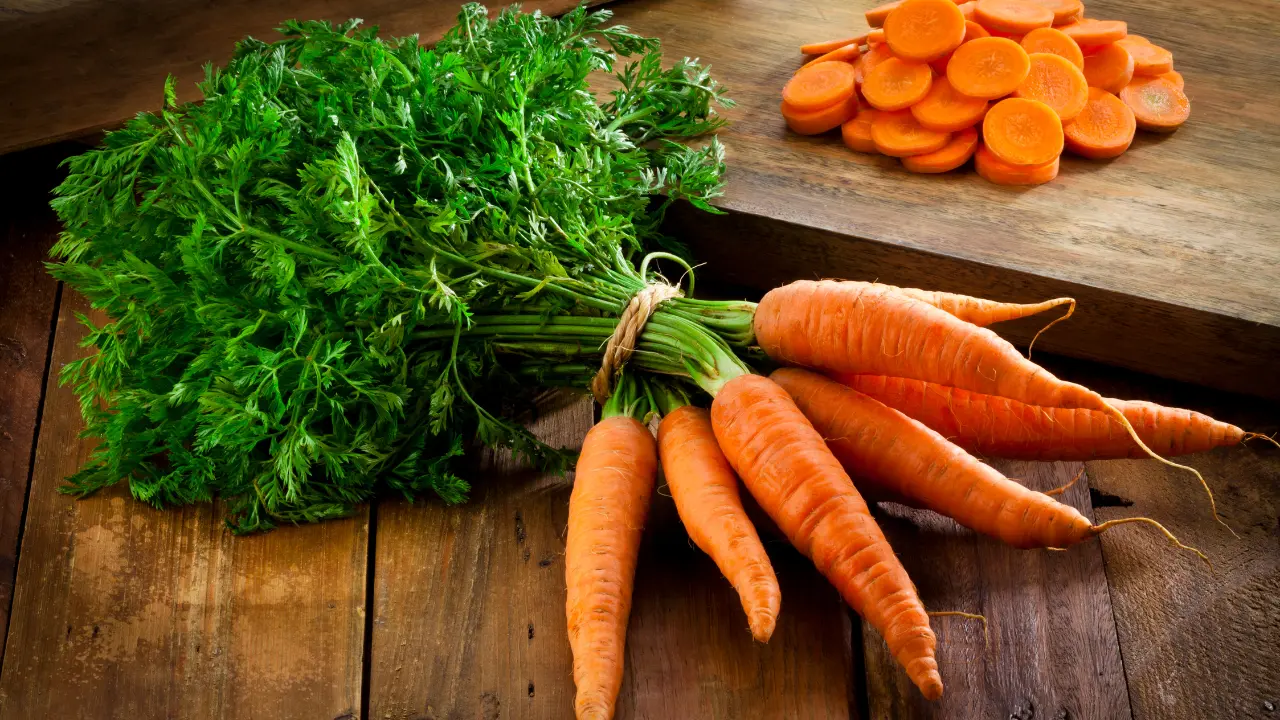
Carrots are one of the most nutritiously dense vegetables out there especially in when it comes to vitamins A:
- 73% of your daily requirement of vitamin A – boosts
- 9% of your daily vitamin K
- 8% of your daily potassium and fiber
- 5% of your daily vitamin C
- 2% of your daily calcium and iron
As you can see above carrots pack a punch , providing you with 73% of your daily vitamin A requirement which plays a significant role in eye health, moreover, carrots are a staple ingredient in my home because their greatness doesn’t just stop there.
If you have the right equipment carrots can be utilised for so many things. I’m talking ginger and carrot juice, or carrot style hummus
Another key reason to increase your consumption of carrots is the ease with which they can be prepared. This is an important factor because not everyone has the same cooking equipment or even time available to cook, so having a simple ingredient that can be used in many ways is a huge benefit.
Carrots are incredibly simple can even be enjoyed raw, as such, cooking this simple ingredient can be done in many different ways. Boiled, baked, fried, sauteed, smashed, curried, grilled and glazed.
4. Plantain
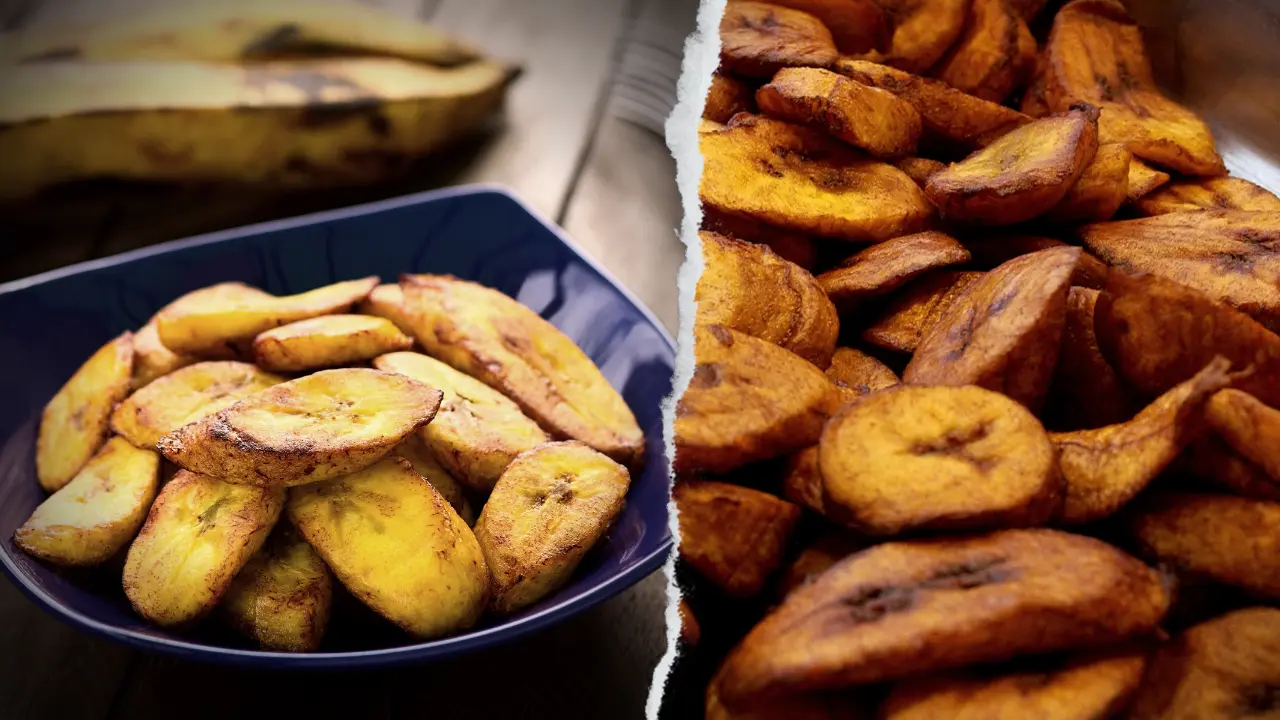
The inclusion of plantains in any list at all is not a common sight, but being of afro-carribean descent, I am all too familiar with these bad boys and believe they deserve a spot on this list (and in your kitchen too) The main reason they’re here isn’t for their nutritional facts (which are pretty good by the way) but instead their versatility.
You can enjoy plantains green, yellow or even when it’s black and rotting. The only thing you don’t want to do is eat it raw.
For a simple way to enjoy plantains, you can simply cut the skin open take out the plantain, slice it into how many pieces you’d like and then fry them up yellow or green, turning them over repeatedly until cooked . When green you’ll notice the savoury and dense aspect of plantains, when yellow you’ll enjoy its sweetness.
I highly suggest you check out this awesome post by Kim who shows you 20 ways to make good use of plantains
Plantains are primarily carbs, meaning you can use plantains to fill in the carb portion of your recipes, this is a good idea as you’ll be able to switch it up in the kitchen from time to time, adding more variety and choice to your kitchen, furthermore, plantains are a great source of:
- Vitamin C (30% of your daily value)
- Vitamin B6 (15% dv)
- Magnesium (9% dv)
5. Chickpeas
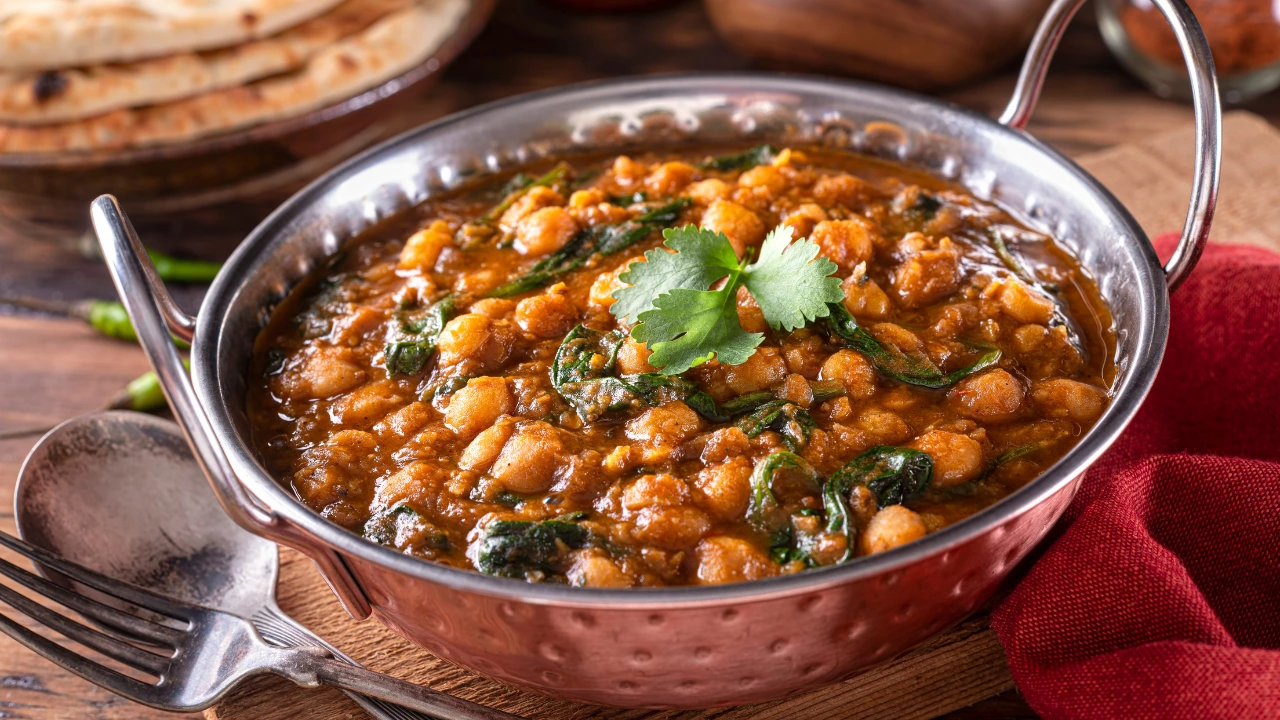
Another staple food in my house, chickpeas have been at the forefront of many sublime dishes for me. They’re super versatile, soak up flavour extremely well and have insane nutritional stats with 1 cup containing 14 grams of protein and 12 grams of fibre.
You just need to be cognizant of your cooking times as chickpeas can take a deceptively long time to cook relative to other legumes.
6. Kidney Beans
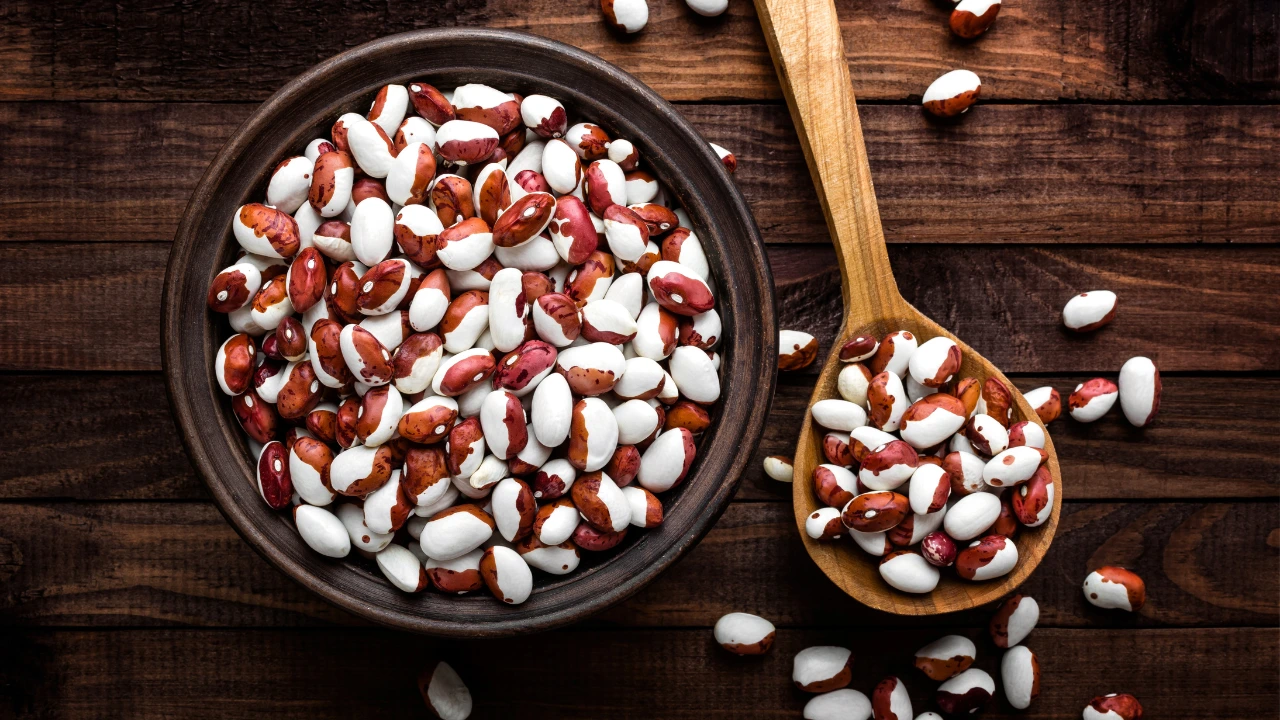
You can’t leave the store without picking up kidney beans, they’re a whole food essential for me and find their way into almost any dish I make. Kidney Bean Stew, Spicy Bean Pasta, or Mediterranean-style couscous.
You can throw kidney beans into soup, or even a curry, the creamy texture inside a kidney bean is a superb addition to virtually any dish. Regarding price, you’ll be able to pick up a can of kidney beans from around 30p to 60p depending on where you go.
If you’re a vegan on a budget like me grab these bad boys. When kidney beans are the main ingredient of a dish, I usually use two 400g tins of kidney beans to feed me and my 4 other family members. If I just want to throw in some kidney beans to supplement another dish, I’ll just use one tin.
Kidney beans are great because of their amazing taste, simplicity to cook, cheap price and variety of ways in which they can be cooked. Furthermore, kidney beans are an excellent plant-based source of protein and are rich in fibre and vitamins. They keep your energy level stabilised as they don’t cause spikes in blood sugar when you eat them.
7. Black beans
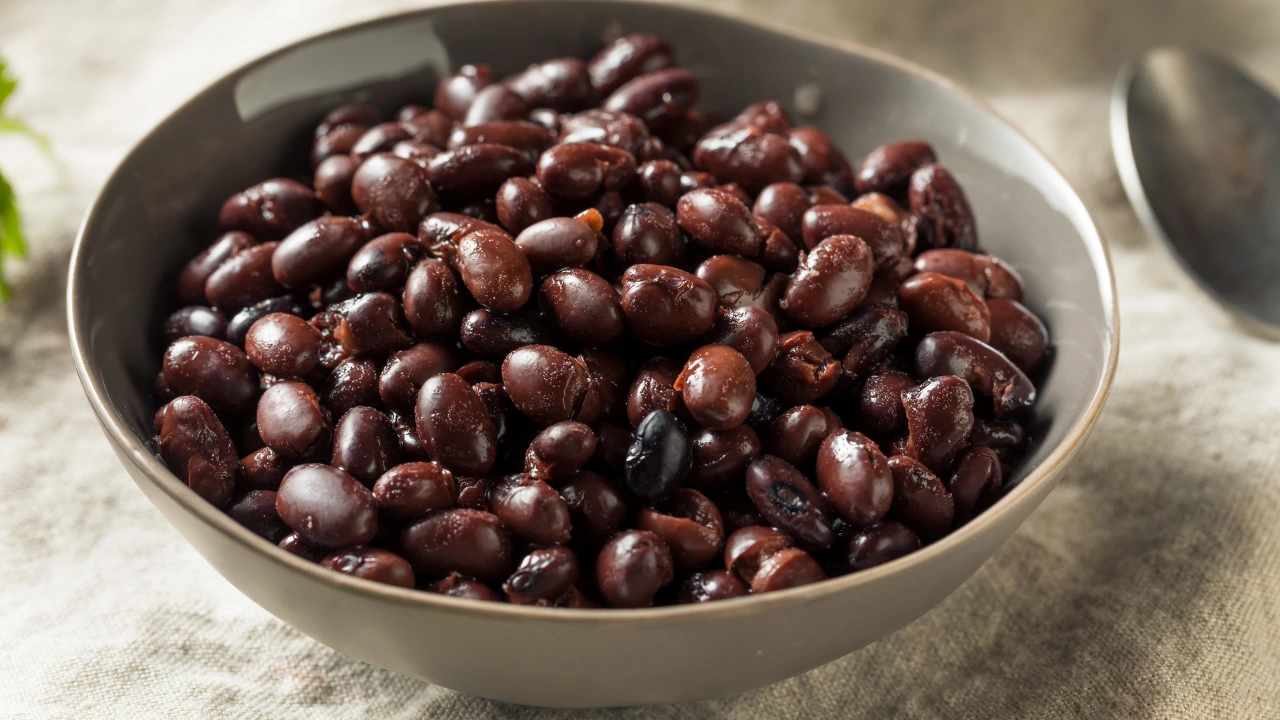
Black beans are the cool cousins of kidney beans, they’re just as creamy but less flavourful, however, they manage to soak up salt and other seasonings quite well so I know you’ll love the recipes I’ll listed here.
8. Lentils

Lentils are a fantastic way to bulk up any soups or curries you’re making, or you can make lentils the focal point of your dish allowing you to zero in on the unique facets of lentils that make them taste so great.
When I was younger I didn’t enjoy lentils, but these days I don’t think it’s possible to dislike them when cooked properly. Personally, my favourite lentils are the green ones, they make an exceptional curry and complement any carbs I pair them with.
9. Apples
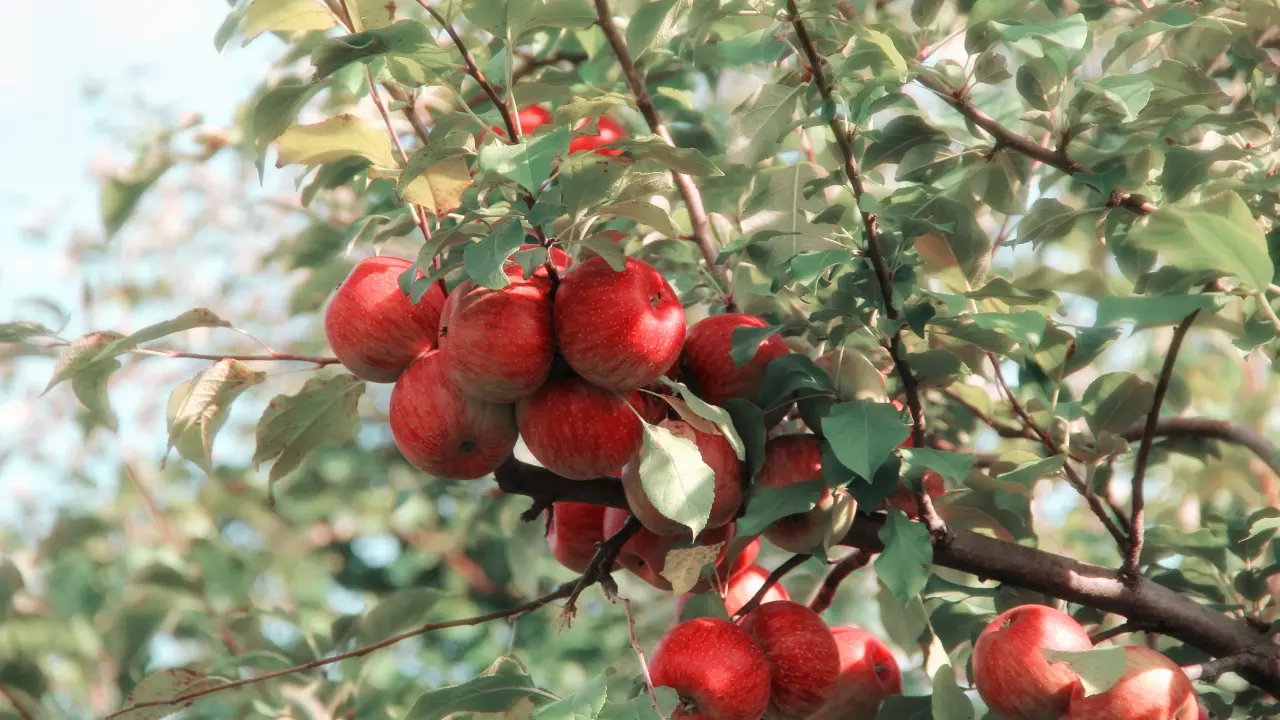
Apples are well known for their high fibre content, which are parts of the fruit that our bodies cannot digest fully, the fibre runs along our intestinal passages and cleans it out by pushing along all the leftover matter.
There are so many varieties of apples you can try, each with different flavours, textures and nutritional profiles, so stock up on more apples, your wallet and your belly will thank you.
10. Blueberries
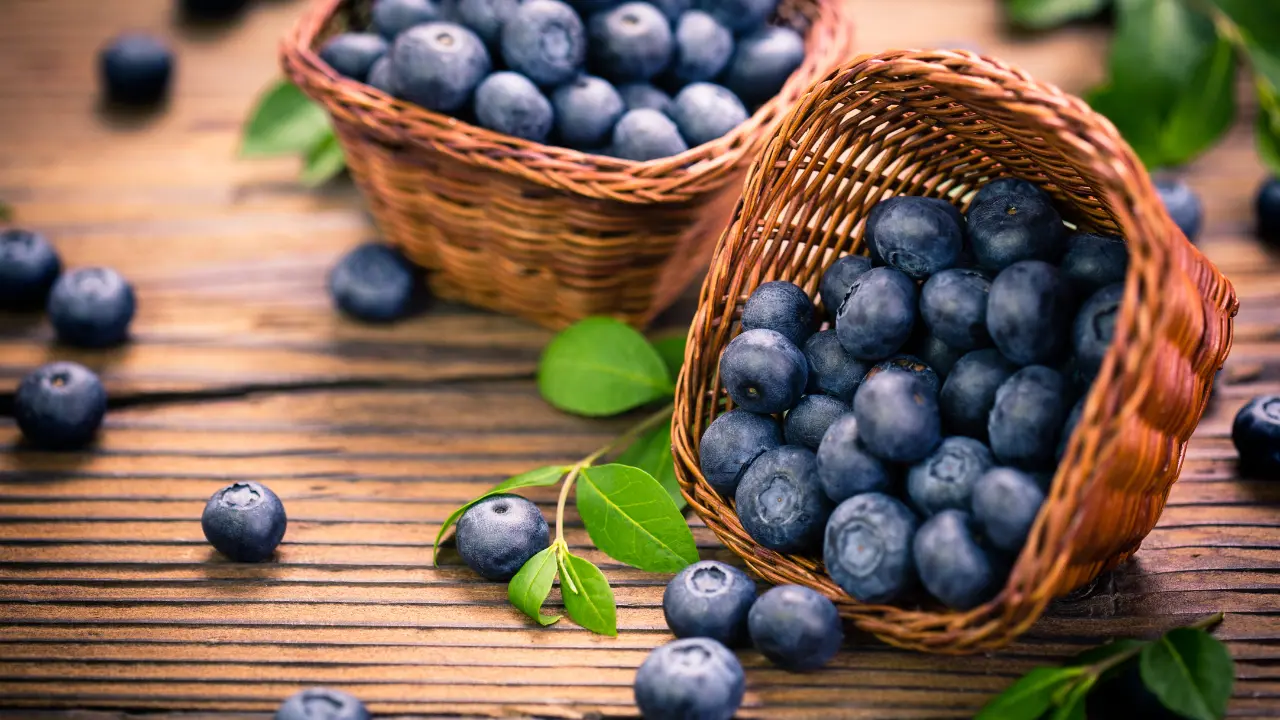
Blueberries are among the fruits with the highest concentration of antioxidants, reducing the damage done to your cells throughout everyday life, they’re also loaded with fibre, vitamin c, vitamin k, manganese and potassium. we’ve already run through the benefits of fibre, but what about vitamin c and vitamin k?
Well, vitamins c and k contribute significantly to the functioning and well-being of our bodies, vitamin C, aids in the repair and nourishment of tissues as well as the defence of the immune system by generating active oxygen which kills microbes. On the other hand, vitamin k is essential in the formation of blood clots which prevent bleeding when injured.
11. Avocados

A powerful source of vitamins K, C, E, B6, potassium, magnesium, fibre and much more! Avocados are a world-renowned ‘power food’ having been linked with many health benefits.
One problem, however, is the environmental impact of avocado production. Since avocadoes are grown in large expanses of land year after year with no other plants nearby (also known as a monoculture) the soil can be prone to numerous problems such as soil-borne pathogens and soil acidification.
The reason I bring this to your attention is because practices like monoculture often come to prominence when a single food source becomes overly farmed due it is marketing success, such as coffee, sugar, soybeans and of course avocados, therefore to minimise these constraints, we can enjoy avocados on occasion instead of as a regular delicacy.
After saying all of that you may wonder why I still included Avocados on the list. But with each avocado, you are essentially getting a package of vitamins, minerals, health-promoting fats and gut-cleaning fibre. Also, the anti-oxidant and blood-pressure regulating properties of avocados make them a go-to choice for people who wish to keep their hearts and arteries in good condition.
12. Quinoa
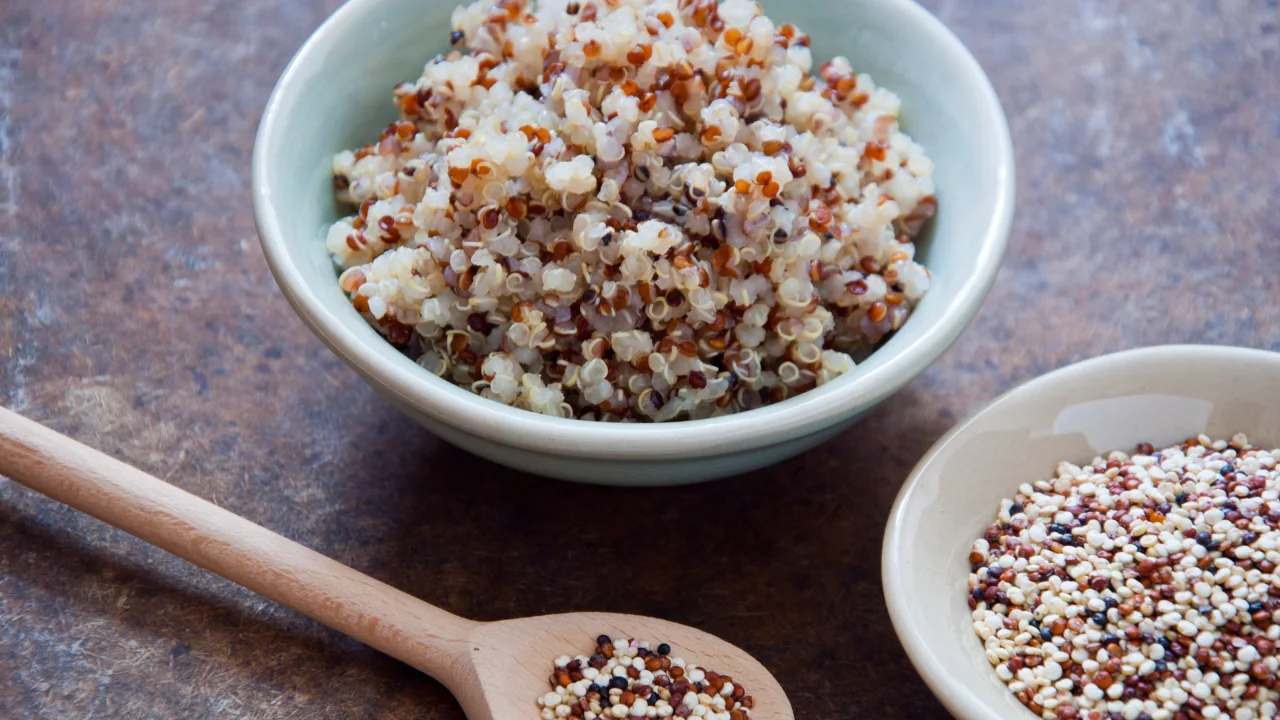
Quinoa is a pseudo-grain or that is grown for its edible seeds. All though it is difficult to cook it just right, when you get it, you’ll probably never stop buying it.
Fluffy quinoa with tofu and mushroom stew has been my go-to meal for a while now! (Recipe coming soon!)
quinoa is extremely versatile as it can be rolled into flakes, ground into flour, or boiled and cooked whole to give you a pseudo-rice.
Cooking quinoa was quite the struggle for me until I found cookieandkates blog post about how to perfect it.
Simply “use twice as much water as quinoa, as usual, then cook uncovered until the quinoa has absorbed all the water. The cooking time will vary based on quantity. Once the water is all absorbed, remove the pot from heat, cover it and let the quinoa steam for 5 minutes. That’s when the quinoa pops open into fluffy quinoa perfection, and that is how to cook quinoa properly.”
Conclusion
When you switch over to a whole-food diet, you can expect to experience a major decrease in hunger levels over time. You’ll find yourself more satisfied and full after a meal, some days you won’t even eat more than one meal because you won’t feel hungry or need energy!
These are just a few of the benefits of tackling a whole-food lifestyle. I am moving towards less and less processed foods and the difference in my mindset, physique and skin have been very eye-opening.
I decided to switch because I had an idea of how damaging processed foods can be over time. Luckily reversing the damage is incredibly easy it doesn’t have to be expensive and these are the basic foods you can eat to do so.

